- Home
- James Patterson
Miracle on the 17th Green Page 9
Miracle on the 17th Green Read online
Page 9
For the second time in a row, Nicklaus aimed his ball straight and true, and this time when I turned to Earl in despair, he didn’t bother to contradict me.
Like everyone else who was there, he just tilted forward and stared slack-jawed as the ball rolled inexorably toward the hole. With the bloodchilling vividness of an unwelcome flashback, I replayed in my mind Nicklaus’s immortal squat and charge at the Masters in ’86, when he had sunk that huge putt on 15, and raced off the green, his putter shimmering overhead in the dying afternoon light like a cavalry saber.
The putt barreled holeward, dead center all the way. I braced myself for yet another Nicklaus sprint into history, recalling in that gloomy instant the often-forgotten fact that, in addition to being a golfing prodigy, young Jack was the Ohio high school champion in the 100-yard dash.
I had no right to complain. It had been a great ride. Better than great. But now it was over. The fat lady was about to sing. Jack dropped into his standing crouch. It was in!
Until it screeched to a stop on the lip, half a turn short.
The crowd exhaled.
So did I.
Jack tapped in for par.
Thirty-nine
MY OWN TITLEIST 3, the sole survivor of the sleeve Pop had dropped on the grass the week before in Winnetka, was sparkling on the slope five feet off the green, twenty-five feet from the hole, with the green running sharply downhill away from me.
It was the kind of chip you definitely wouldn’t want if you had to make par. But for a golfer on the verge of a nervous breakdown who needed a birdie, it was a chip with possibilities. For one thing, it was physically impossible to leave the ball short.
Choking up—no pun intended—on a 9-iron, I set the blade behind the ball, then gave it the gentlest of flicks. I watched as the ball barely cleared the rough and bounced softly on the green. I watched it steadily put on more and more speed. Then I watched it dive like Bugs Bunny into the back of the hole. At least that’s what I think I saw.
Everything went sideways. Twenty thousand people leaped toward the sky, and I fell to my knees, where Earl got down with me and gave me a hug I swear I can still feel. For several minutes, the world was nothing but noise.
Finally the roar began to subside, and I stood up and walked to the hole to pluck out my ball. But before I retrieved my ball, I did something I hadn’t done in eighteen holes.
I looked over at Raymond and I stared straight into his eyes.
And I winked.
Now, it’s one thing having to sink a six-footer on the last hole of the U.S. Senior Open to force a play-off with Jack Nicklaus, the holder of twenty major titles and the greatest golfer to ever trod the sod. It’s quite another having to sink a six-footer to avoid losing to Travis McKinley, an unknown rookie, who had never won a single full-length sanctioned event in his life, and six months earlier was squeezing out bad advertising jingles. As Floyd stepped up to his putt, he was fighting more pressure than any competitive psyche should ever be asked to handle.
But if Raymond was feeling the heat, he wasn’t sharing that fact with me or anyone else. As I’d seen so many times before on TV, he strutted up to his ball with brisk, officious little steps, wiggled his butt into a comfortable position, and with his lips slightly pursed, squinted back and forth between the ball and the cup as if he couldn’t quite decide which of the two was a bigger asshole.
He looked composed, and focused, and utterly unflappable. He looked like a contract killer taking care of business. Then he yanked that six-footer so far left that it missed the hole by half a foot.
Suddenly, I had Sarah, Simon, Noah, and Elizabeth in my arms. I was dancing with Pop and then with Earl, and then I think Earl had all of us in his arms. I was shaking hands with Raymond Floyd and Jack Nicklaus, and then I was giving the winning golf ball back to my grandfather. “Thanks for the loan, Pop,” I shouted through the roar. “Now don’t hit this one in a lake.”
“Don’t worry,” he said, beaming even more brightly than usual. “I’ll just use it for chipping.”
And somewhere in the basement of the Pebble Beach clubhouse, a lonely jeweler began scratching “T. McKinley” on a very large silver cup.
EPILOGUE
Post-Miracle Happenings
TWO MONTHS LATER.
Two in the morning.
A dream stirs me from a deep sleep, and I sit up in a large oak bed where, in an odd way, I feel completely comfortable for the first time.
As my eyes adjust to the moonlight, I scan a room that is both familiar and brilliantly new. On one side is an old wooden chest I inherited from my great-grandfather. On the right is a chest and mirror that Sarah got from her grandmother, with inlaid flowers on the doors, and a large lacquer tray resting on top filled with tortoiseshell combs and a pair of antique Russian silver bracelets she has been wearing for more than twenty years.
Although I’d only been gone about six months, I have no trouble imagining how Odysseus must have felt to be finally back home with Penelope after a ten-year trek through the world.
Careful not to wake Sarah, who lies on her side facing me, the slightest trace of a smile curling the edges of her small mouth, I slide out of bed and wander through my old house, a house my grandfather built, with the help of only a single laborer, the year I was born.
Even though she hasn’t lived at home for half a dozen years now, I visit Elizabeth’s room first. With its fading rock star posters still taped to the wall, and its stuffed animals, it looks like a kind of teenage time capsule, circa 1984. Earnest, irreproachable Elizabeth, who in twenty-seven years never gave us a thing to worry about. Was she ever really a teenager, or did she go directly from infancy to radiology? It occurs to me that I know less about her than my other children. The next morning I will call Elizabeth to schedule a trip to New Haven to try to do something about that.
Then I lean into Simon’s room, and see him peace-fully stretched out, three earrings and all, his thin, six-two frame hanging over the edges of his ten-year-old single bed. You can’t love any one of your kids more than another, and I swear to God I don’t. But for better and worse, Simon is me, and my heart feels so connected to his that it doesn’t even have to go out to him. It’s already there.
Lying beside him like a faithful little pup, or better yet, like a not-to-be-underestimated watchdog, his oversized shaggy brown head resting on Simon’s back, is our own great man Noah, who must have been feeling restless himself and wandered to his brother’s room in the middle of the night. Noah, the third and final member of this small generation of McKinleys. The miracle kid, whose arrival itself was a surprise and who has been startling us in one way or another ever since. But then again, as Lee said, and I call him Lee now, even in my mind, we’re all miracles out here, every last one of us.
I carefully pick Noah up, and deposit him back in his own bed, in his own room across the hall. Then I take a seat in the living room, and sit there for a good long while in the dim light, just drinking it all in.
Sarah. Elizabeth. Simon. Noah. Sarah. Elizabeth. Simon. Noah.
I sit there until I catch my own smiling reflection in a large silver bowl on the mantel above the fireplace, and then I wander back to my own bed.
If I’m not the happiest man alive, God bless whoever is.
ONE LAST THING.
That following Christmas morning I went out to play golf again.
It wasn’t anything I’d planned on doing, but when I stepped outside that morning to scrape the Tribune off the stoop, and saw that even at eight in the morning the temperature was already in the high teens, it just seemed like the right thing to do, if only as a way of showing my gratitude for the whole chain of events last year’s round had set off.
Once again Christmas caught the Chicago winter napping—the mercury continued to soar throughout the morning—and by the time I pulled my big burgundy Beemer into the Creekview Country Club a little past noon the temperature was a balmy 34 degrees. For some time, I just stood by m
y car in the empty lot, stretching and thinking in the steep light. I was like a seal sunning himself on an ice floe.
Finally, I headed to the 17th tee, and as I bent over to thumb my tee into the resistant turf, I caught a wave of déjà vu so powerful it almost knocked me over.
As I started to play, it only grew more intense.
Hadn’t my first drive last year come to rest beside the very same sprinkler head? Didn’t my 5-iron check up on this exact spot on the green? Haven’t I seen that skinny red squirrel somewhere before?
Once again, I stood over a nine-foot eagle putt on the 17th green. Once again I saw the line as clearly as if it had been stenciled on the short grass. Once again I poured it dead center into the back of the cup.
And once again, I played or replayed, however you want to put it, the round of my life. If anything, I played a little better this time out, because after a year on tour and a lot of help from Earl, I wasn’t quite so unnerved by being a few strokes under par.
But this was more than a few strokes under par. Eagles weren’t an endangered species in Chicago that Christmas—I had two in the first four holes—and by the time I made the turn, I knew in my bones I was going to break the course record of 62, a mark I’d been chasing since my grandfather brought me to this course almost half a century ago.
With only 15 and 16 left to play (remember, I started on 17), I was already eleven under par. To break the record, all I had to do was par out. Then I birdied 15. Now all I had to do was bogey 16, and 16 is the shortest and easiest par 4 on the course.
Whistling like Fuzzy, I bent over to tee up my final drive of the year. But as I stood back up, a strong gust lifted my Pebble Beach cap into the wind, and when I spun to snatch it back, I saw the same Christmas display tethered to a nearby house that had snapped me out of my reverie the year before.
Once again, it sent me fishing for my watch in a panic.
When I read the time, I had the urge to drop to my knees and kiss the semifrozen Winnetka dirt. I had spent a lot more time stretching than I thought. Maybe I even zoned out there for a while. But even if I ran into a parade and caught every red light in town, I could still walk into my house with plenty of time to shower and shave before Christmas dinner.
In fact, I could probably finish my round and still get home on time.
But I’d be cutting it close.
I didn’t even bend down to pick up my ball. I just threw my bag over my shoulder, and started running for dear life.
An Afterword
ONE MORNING in the spring of ’95, there was a knock on my door and Jim Patterson stuck his then-bearded head into my small office. Although Jim was already a bestselling author, the rare dealings I had with him were based on his formidable day job as president and creative director of J. Walter Thompson North America. For a copywriter who spent much of his day brazenly working on freelance magazine stories—that’s why the door was shut in the first place—unexpected visits from upper management were rarely a good thing, and as Jim gently closed the door behind him and turned to face me, I had ample reason to be uptight. “I’ve got a proposal,” he said. “I have an idea for a small novel about a middle-aged guy who, after getting fired from his job and dumped by his wife, qualifies to play the Senior Tour and wins the United States Senior Open. It will be called Miracle on the 17th Green and I think it could be very good, but I don’t have time to do it by myself. Would you like to write it with me?”
It took me a couple minutes to digest my good fortune. Jim wasn’t firing me. He was offering me a chance that would change my life.
By the time our paths crossed, Jim had been writing fiction for more than a decade, getting up before dawn and writing for several hours before he came to work. His early-morning sessions produced nine novels, including Along Came a Spider, Kiss the Girls, Hide and Seek, and Jack and Jill, but recently he’d come to realize that he had more ideas for books than he would ever have time to write himself.
The subject matter and tone of Miracle were strikingly different from any Patterson book that came before it. Jim was building his reputation with streamlined, high-velocity thrillers, and here was a fable about love and family and chasing your dreams that was funny and sweet and self-effacing. I went on to write three thrillers with Jim, but Miracle is the one that elicits the strongest and deepest reaction—from all kinds of readers, not just from golfers. It’s also a book that has meant a great deal to me. When Jim stuck his head into my office, I had no trouble identifying with Travis McKinley’s plight at the beginning of his story. I had just gotten separated and I made my living doing something I hated.
As a result, I threw myself at the semimiraculous offer to write a novel as furiously as Travis throws himself into his last chance at golfing glory. And I could appreciate how much it meant to Travis to finally be doing what he wanted, because the same thing was happening to me. That process culminated last year in the publication of my own thriller, Shadows Still Remain.
—Peter de Jonge, spring 2010
I am not in the habit of writing afterwords. Usually, when I finish one novel, I start right away on the next. But I will add this much to the legend of Miracle on the 17th Green. On July 24, 1997, I married Susan Solie—on the 17th green of the Sleepy Hollow Country Club. That “miracle” continues on to this day. In fact, our eleven-year-old son, Jack, recently parred the magical 17th, which means so much to our family.
—James Patterson, spring 2010
About the Authors
JAMES PATTERSON has had more New York Times bestsellers than any other writer, ever, according to Guinness World Records. Since his first novel won the Edgar Award in 1977, James Patterson’s books have sold more than 240 million copies. He is the author of the Alex Cross novels, the most popular detective series of the past twenty-five years, including Kiss the Girls and Along Came a Spider. Mr. Patterson also writes the bestselling Women’s Murder Club novels, set in San Francisco, and the top-selling New York detective series of all time, featuring Detective Michael Bennett.
James Patterson also writes books for young readers, including the Maximum Ride, Daniel X, Witch & Wizard, and Middle School series. In total, these books have spent more than 220 weeks on national bestseller lists.
His lifelong passion for books and reading led James Patterson to launch the website ReadKiddoRead.com to give adults an easy way to locate the very best books for kids. He writes full-time and lives in Florida with his family.
PETER DE JONGE is the author of Shadows Still Remain and has coauthored three New York Times bestsellers with James Patterson. He has been a reporter for the Associated Press and a contributing writer for the New York Times Magazine. His work has appeared in Best American Sports Writing, National Geographic, Harper’s Bazaar, Details, and Manhattan, Inc. He lives in New York City.
Gaby Summerhill is ready to
walk down the aisle…
but who the groom is—is
anyone’s guess
For an excerpt, turn the page.
GABY’S FIRST VIDEO
ONLY TWENTY-FOUR DAYS until Christmas, and this Christmas is going to be one you won’t forget.
Need proof? I think I can give you proof.
I want all four of you to take a good, long look at the screen and your mom.
Everybody watching? Emily? Claire? Seth? Lizzie? Emily? You see anything unusual or, well, kind of stunning?
Okay. Let me turn around for you… Turning… Turning again.
Yes. Your eyes tell the truth. I have lost twelve pounds and several ounces.
Stop, stop! No worries, no frets or fears. No neurotic theories about my health.
I’m not sick or anything like that. Maybe a little sick in the head. As always. Part of my charm.
I just gave up Ben & Jerry’s Chocolate Chip Cookie Dough and the occasional beer before bedtime. And I banished mayonnaise—low-fat or otherwise—from the house. And white bread. Dunkin’ Donuts for sure. It made me somewhat miserable… and hungr
y. But it also made me thinner. And, I must admit, happier. Yes, I’m happier than I’ve been in a long time.
I needed a big change. Everybody needs a change. If you don’t change, you’re stuck in a rut.
I know that people around here always say, “Oh, Gaby, you lead such an interesting life… You run that farm of yours pretty much by yourself. You write a food blog that isn’t too egotistical or boring. You teach the local kids to read and write.”
Oh, yes, I do… and I love it… but honestly, it just wasn’t enough for me.
I was in a life rut that was only getting deeper. R-u-t. Put on boots and a loden coat the morning after a snowstorm and trudge to the henhouse to collect four eggs. Start adding nutritional facts to the recipes on the blog and people you never even met accuse you of being a nutrition Nazi.
Teach English, or at least try to make the kids love reading. I know this is going to come as a bit of a shock, but most teenagers think that Great Expectations—to use a phrase—“blows,” but that any book with a vampire in it is brilliant. Especially if the vampire is darkly handsome and promises eternal love with every bite. Great Expectations does kind of blow, by the way.
So anyway, I promise you, I’m not going through the dreaded midlife crisis. I’m not even at my midlife.
And, hey, the first one of you who makes a crack about my being way past midlife gets tossed out of the will. I’m serious, kiddies.
I do need some excitement, though. I think the wildest thing I’ve done in the last three years is to ask your kids to call me by my first name. I disliked being called Grandma. Made me itchy all over.

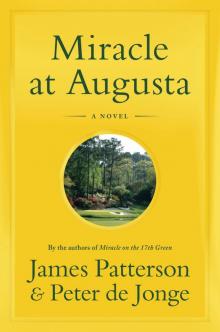 Miracle at Augusta
Miracle at Augusta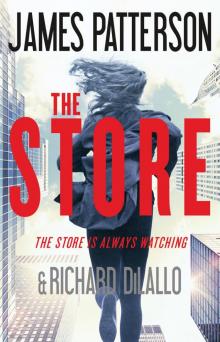 The Store
The Store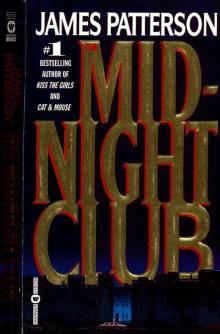 The Midnight Club
The Midnight Club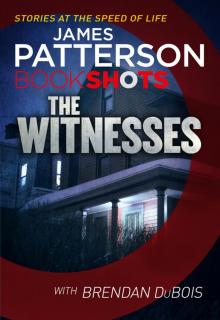 The Witnesses
The Witnesses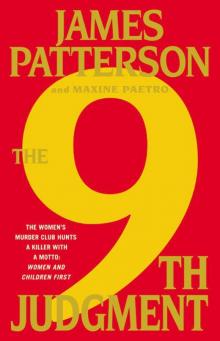 The 9th Judgment
The 9th Judgment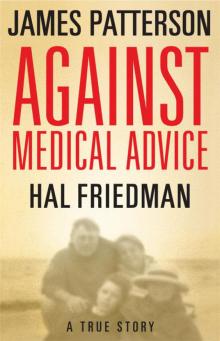 Against Medical Advice
Against Medical Advice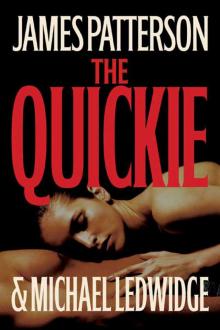 The Quickie
The Quickie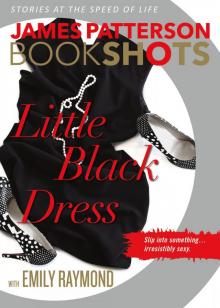 Little Black Dress
Little Black Dress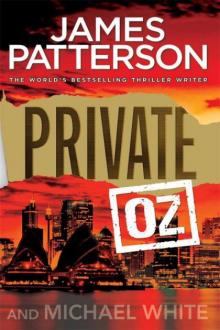 Private Oz
Private Oz Homeroom Diaries
Homeroom Diaries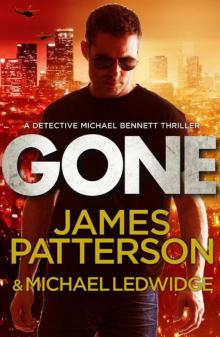 Gone
Gone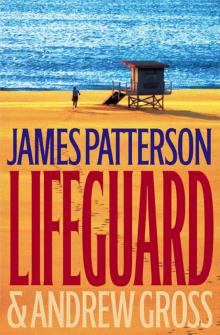 Lifeguard
Lifeguard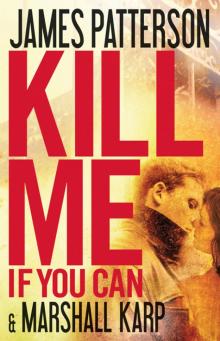 Kill Me if You Can
Kill Me if You Can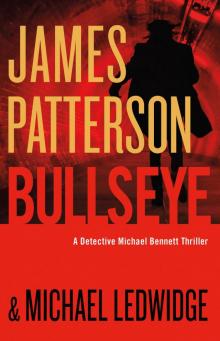 Bullseye
Bullseye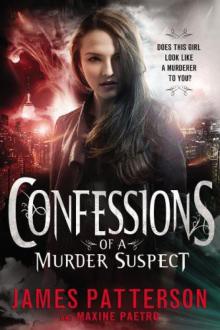 Confessions of a Murder Suspect
Confessions of a Murder Suspect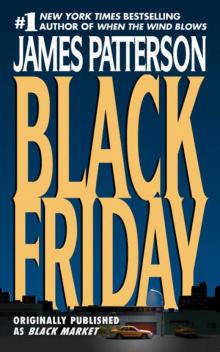 Black Friday
Black Friday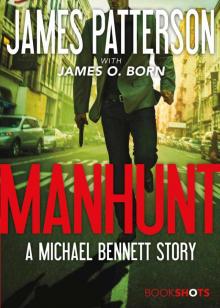 Manhunt
Manhunt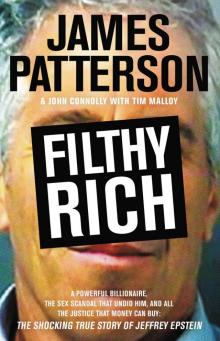 Filthy Rich
Filthy Rich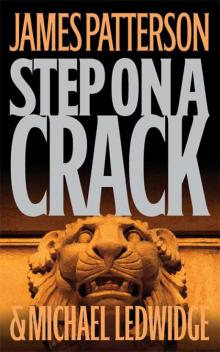 Step on a Crack
Step on a Crack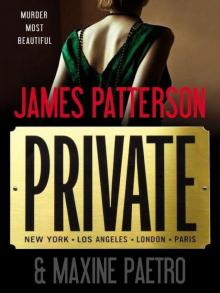 Private
Private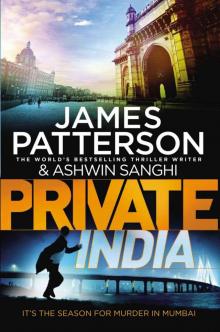 Private India
Private India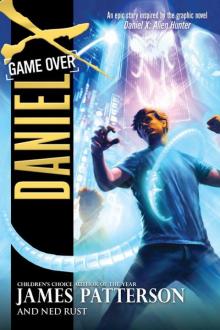 Game Over
Game Over Private Sydney
Private Sydney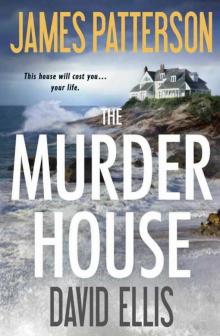 The Murder House
The Murder House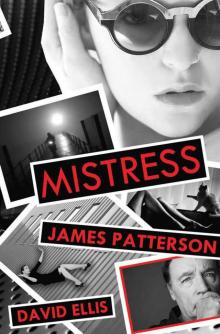 Mistress
Mistress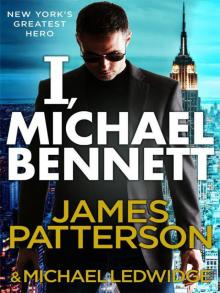 I, Michael Bennett
I, Michael Bennett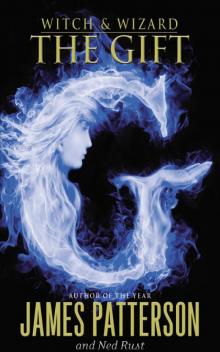 The Gift
The Gift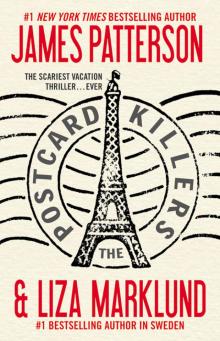 The Postcard Killers
The Postcard Killers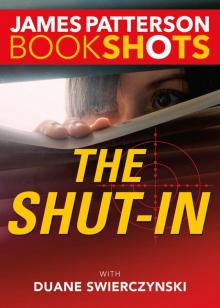 The Shut-In
The Shut-In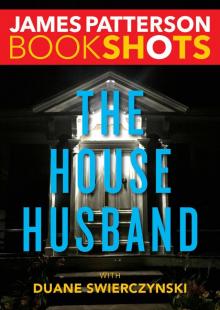 The House Husband
The House Husband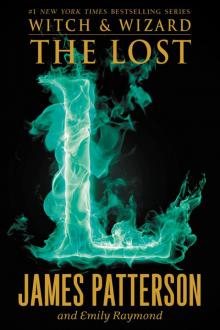 The Lost
The Lost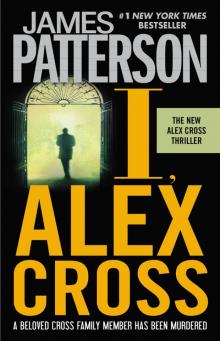 I, Alex Cross
I, Alex Cross Going Bush
Going Bush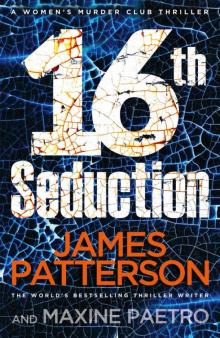 16th Seduction
16th Seduction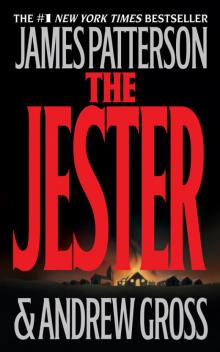 The Jester
The Jester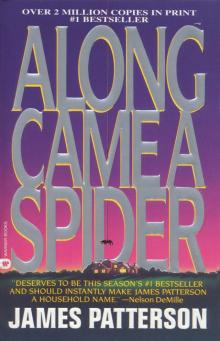 Along Came a Spider
Along Came a Spider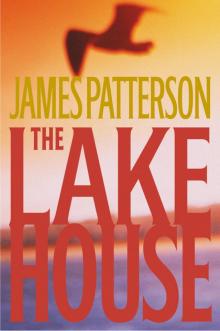 The Lake House
The Lake House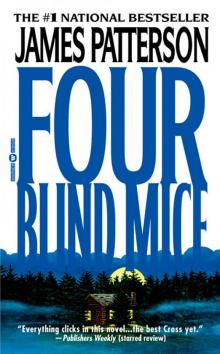 Four Blind Mice
Four Blind Mice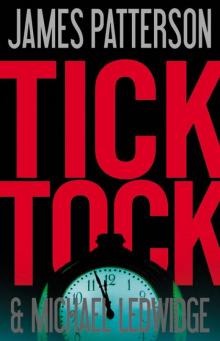 Tick Tock
Tick Tock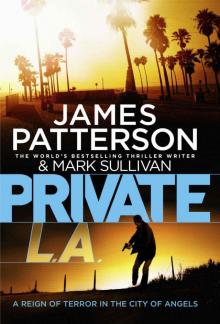 Private L.A.
Private L.A.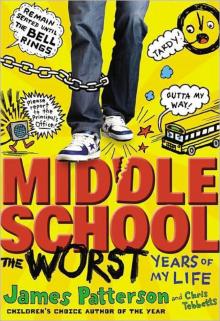 Middle School, the Worst Years of My Life
Middle School, the Worst Years of My Life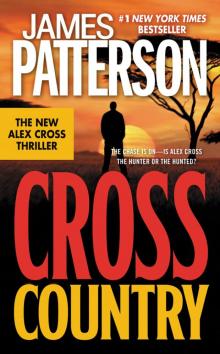 Cross Country
Cross Country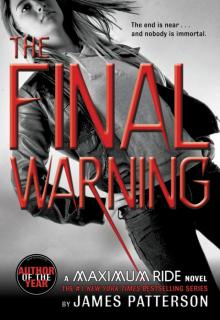 The Final Warning
The Final Warning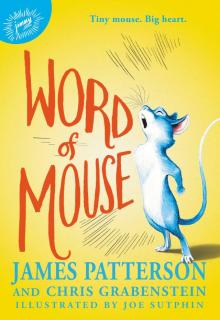 Word of Mouse
Word of Mouse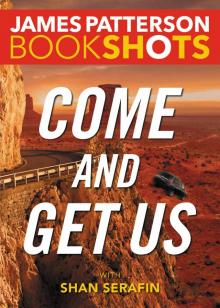 Come and Get Us
Come and Get Us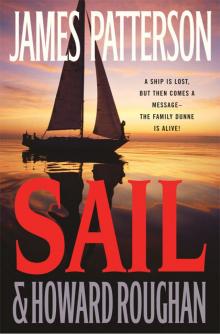 Sail
Sail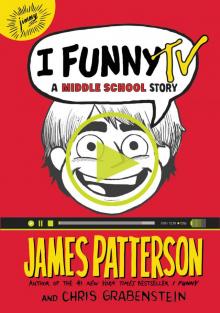 I Funny TV: A Middle School Story
I Funny TV: A Middle School Story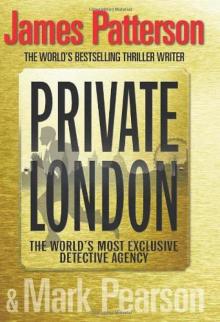 Private London
Private London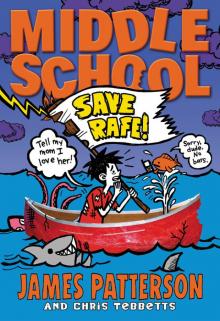 Save Rafe!
Save Rafe!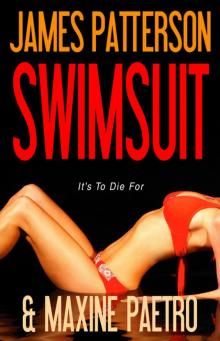 Swimsuit
Swimsuit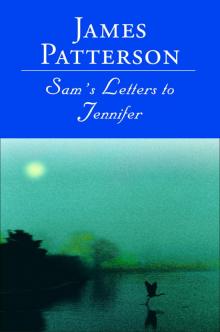 Sam's Letters to Jennifer
Sam's Letters to Jennifer 3rd Degree
3rd Degree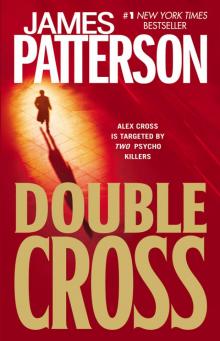 Double Cross
Double Cross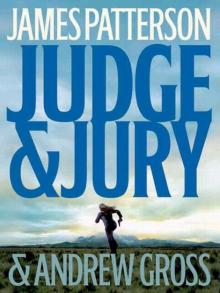 Judge & Jury
Judge & Jury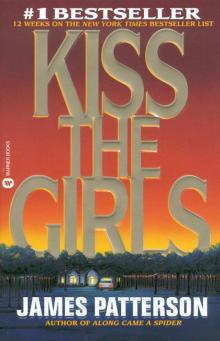 Kiss the Girls
Kiss the Girls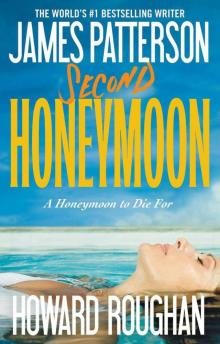 Second Honeymoon
Second Honeymoon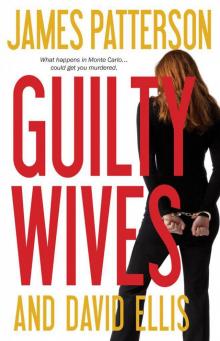 Guilty Wives
Guilty Wives 1st to Die
1st to Die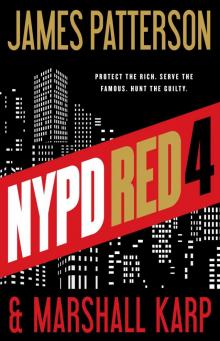 NYPD Red 4
NYPD Red 4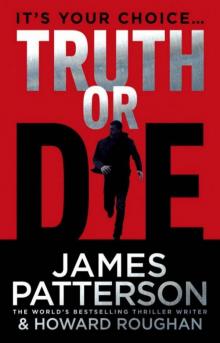 Truth or Die
Truth or Die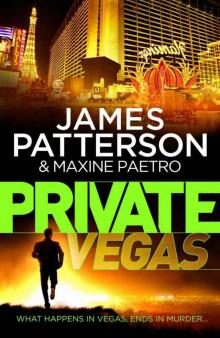 Private Vegas
Private Vegas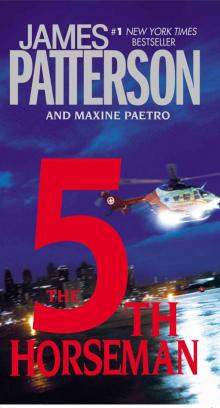 The 5th Horseman
The 5th Horseman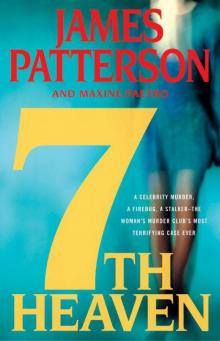 7th Heaven
7th Heaven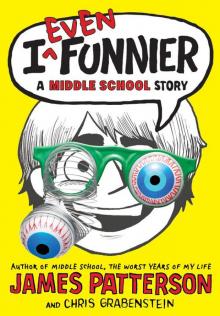 I Even Funnier
I Even Funnier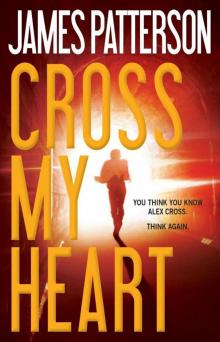 Cross My Heart
Cross My Heart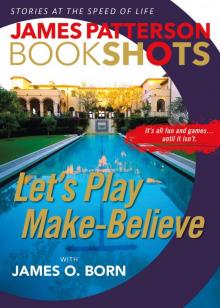 Let’s Play Make-Believe
Let’s Play Make-Believe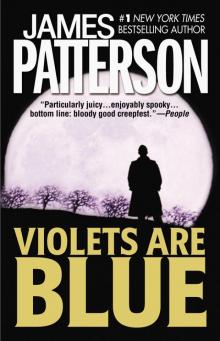 Violets Are Blue
Violets Are Blue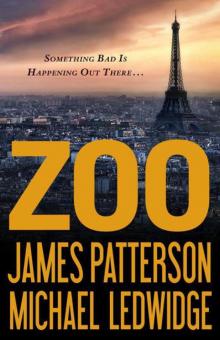 Zoo
Zoo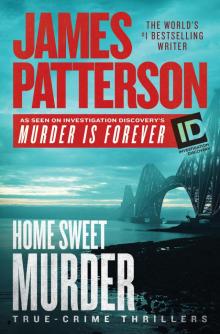 Home Sweet Murder
Home Sweet Murder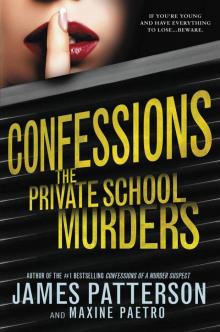 The Private School Murders
The Private School Murders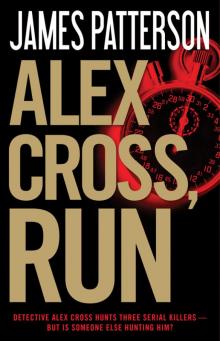 Alex Cross, Run
Alex Cross, Run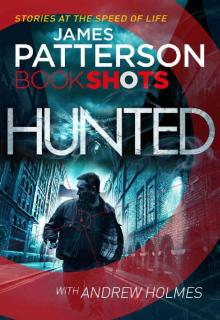 Hunted: BookShots
Hunted: BookShots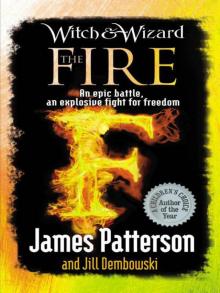 The Fire
The Fire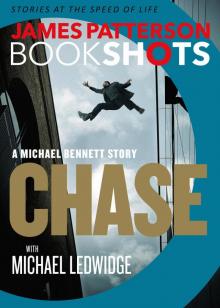 Chase
Chase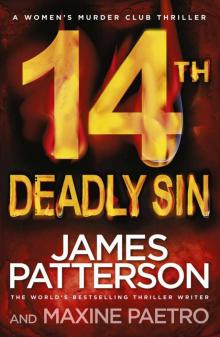 14th Deadly Sin
14th Deadly Sin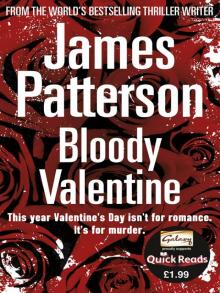 Bloody Valentine
Bloody Valentine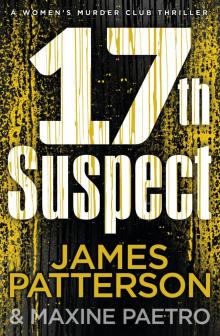 The 17th Suspect
The 17th Suspect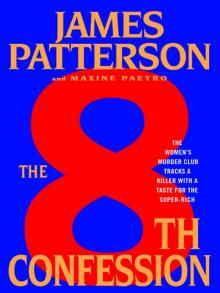 The 8th Confession
The 8th Confession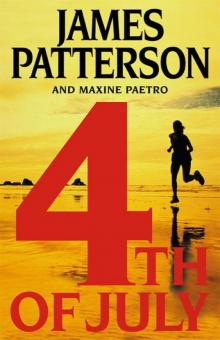 4th of July
4th of July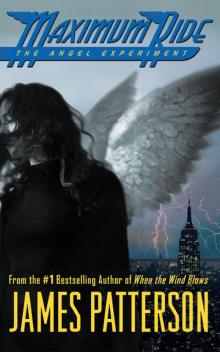 The Angel Experiment
The Angel Experiment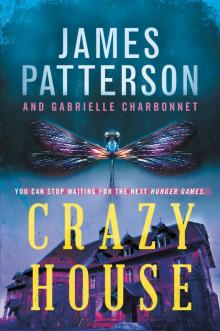 Crazy House
Crazy House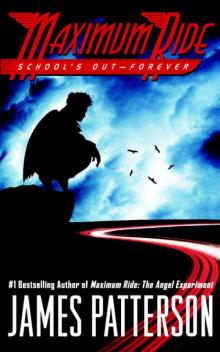 School's Out - Forever
School's Out - Forever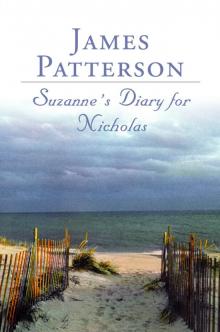 Suzanne's Diary for Nicholas
Suzanne's Diary for Nicholas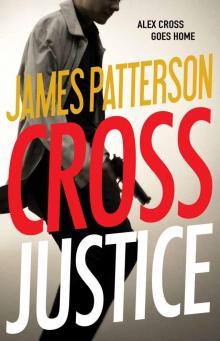 Cross Justice
Cross Justice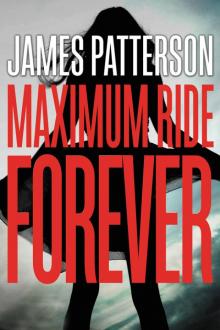 Maximum Ride Forever
Maximum Ride Forever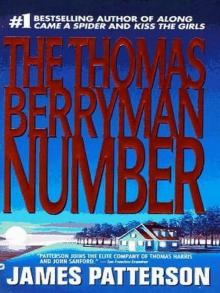 The Thomas Berryman Number
The Thomas Berryman Number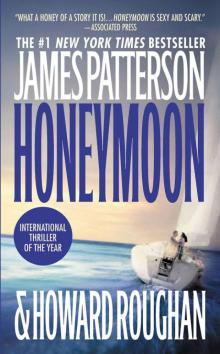 Honeymoon
Honeymoon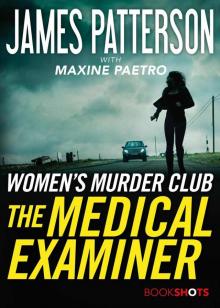 The Medical Examiner
The Medical Examiner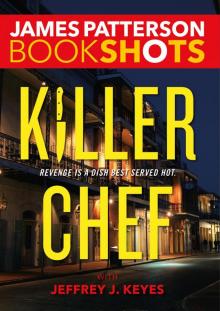 Killer Chef
Killer Chef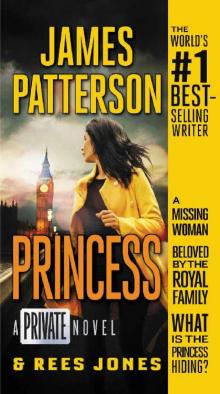 Private Princess
Private Princess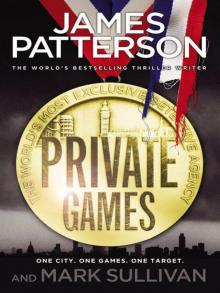 Private Games
Private Games Burn
Burn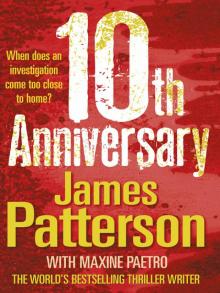 10th Anniversary
10th Anniversary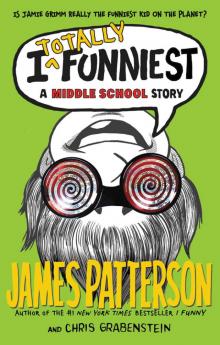 I Totally Funniest: A Middle School Story
I Totally Funniest: A Middle School Story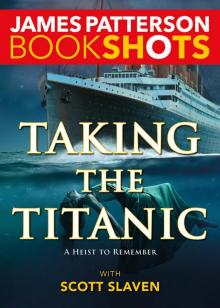 Taking the Titanic
Taking the Titanic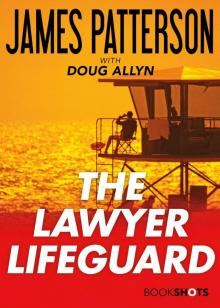 The Lawyer Lifeguard
The Lawyer Lifeguard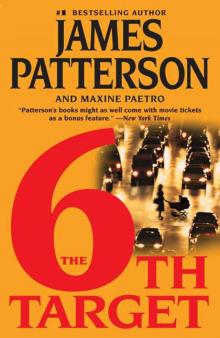 The 6th Target
The 6th Target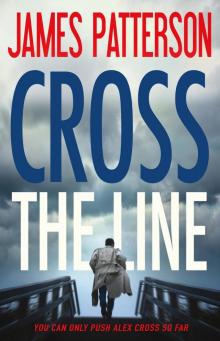 Cross the Line
Cross the Line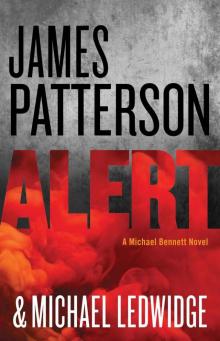 Alert
Alert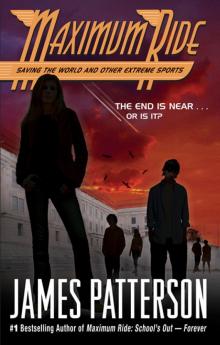 Saving the World and Other Extreme Sports
Saving the World and Other Extreme Sports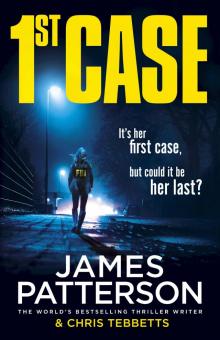 1st Case
1st Case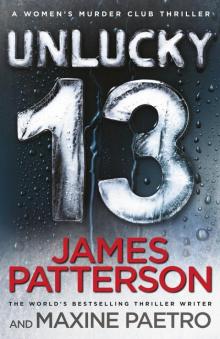 Unlucky 13
Unlucky 13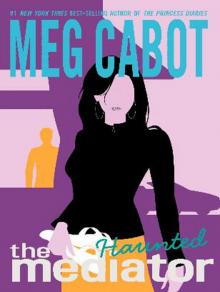 Haunted
Haunted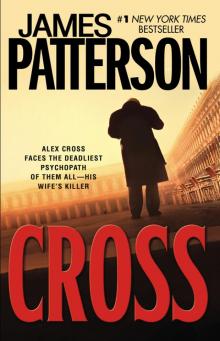 Cross
Cross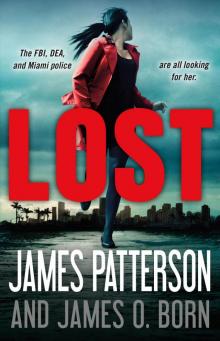 Lost
Lost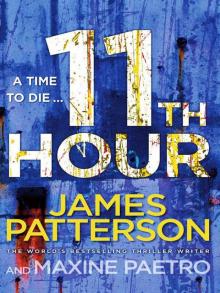 11th Hour
11th Hour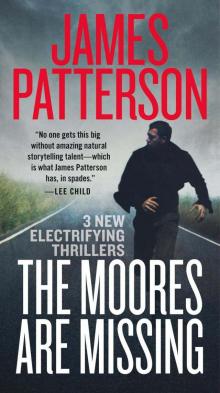 Bookshots Thriller Omnibus
Bookshots Thriller Omnibus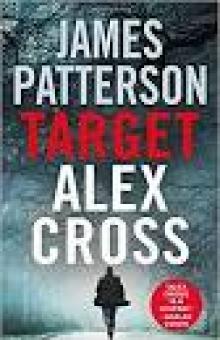 Target: Alex Cross
Target: Alex Cross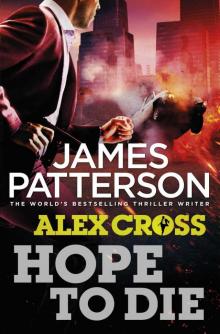 Hope to Die
Hope to Die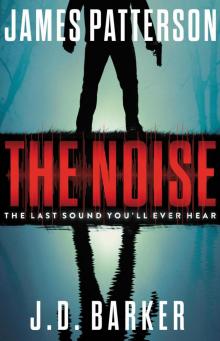 The Noise
The Noise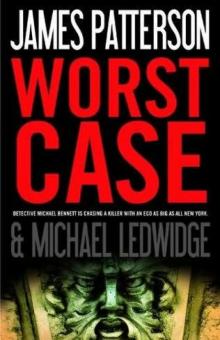 Worst Case
Worst Case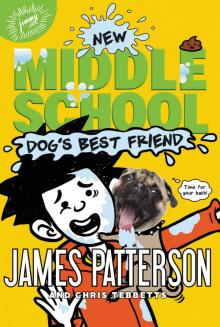 Dog's Best Friend
Dog's Best Friend Nevermore: The Final Maximum Ride Adventure
Nevermore: The Final Maximum Ride Adventure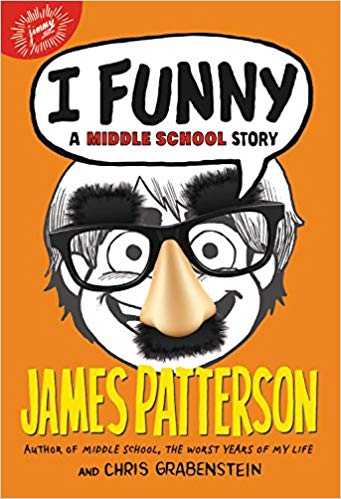 I Funny: A Middle School Story
I Funny: A Middle School Story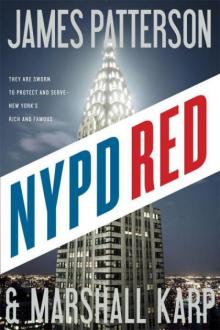 NYPD Red
NYPD Red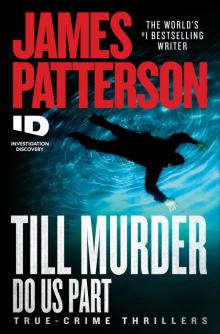 Till Murder Do Us Part
Till Murder Do Us Part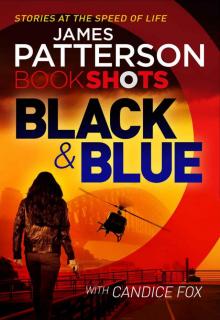 Black & Blue
Black & Blue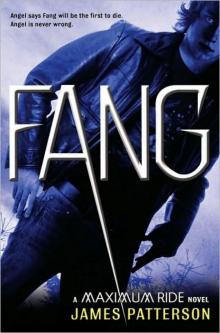 Fang
Fang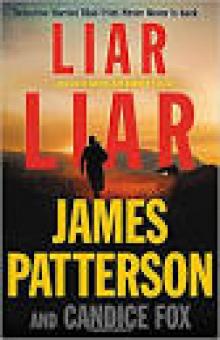 Liar Liar
Liar Liar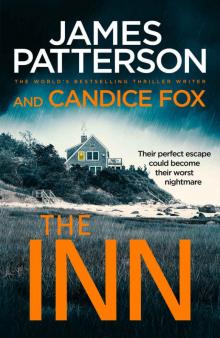 The Inn
The Inn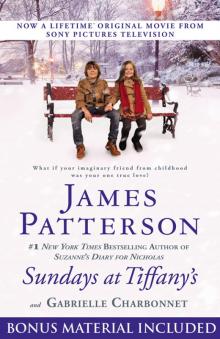 Sundays at Tiffany's
Sundays at Tiffany's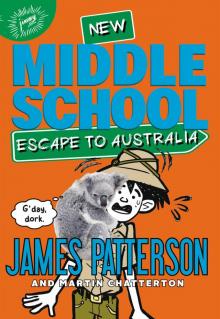 Middle School: Escape to Australia
Middle School: Escape to Australia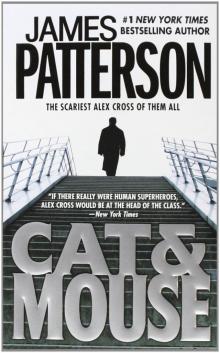 Cat and Mouse
Cat and Mouse Instinct
Instinct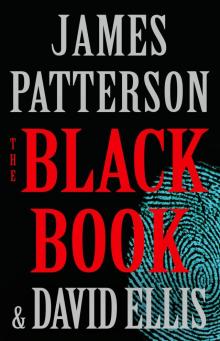 The Black Book
The Black Book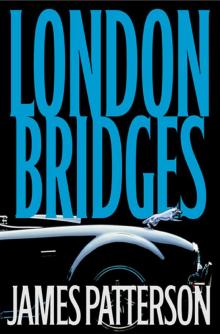 London Bridges
London Bridges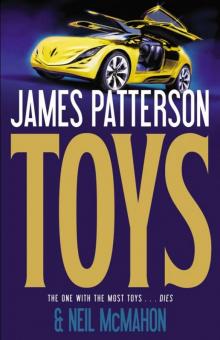 Toys
Toys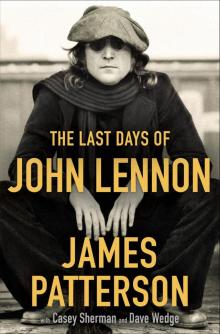 The Last Days of John Lennon
The Last Days of John Lennon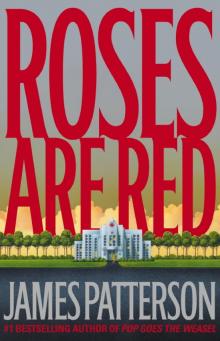 Roses Are Red
Roses Are Red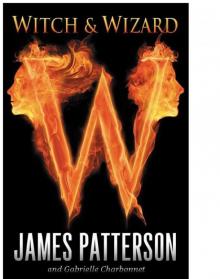 Witch & Wizard
Witch & Wizard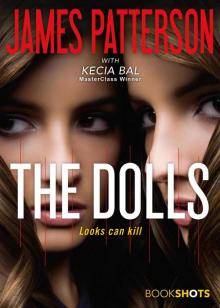 The Dolls
The Dolls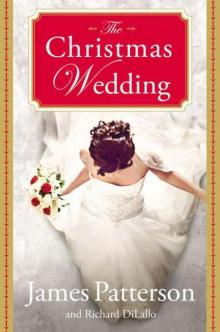 The Christmas Wedding
The Christmas Wedding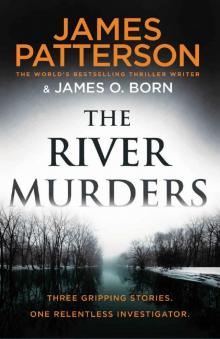 The River Murders
The River Murders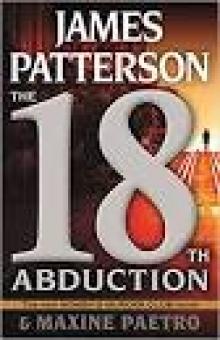 The 18th Abduction
The 18th Abduction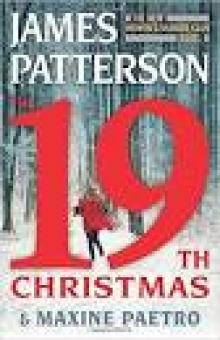 The 19th Christmas
The 19th Christmas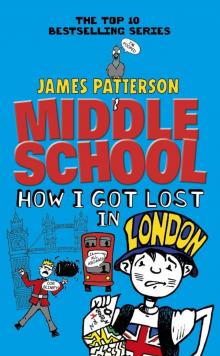 Middle School: How I Got Lost in London
Middle School: How I Got Lost in London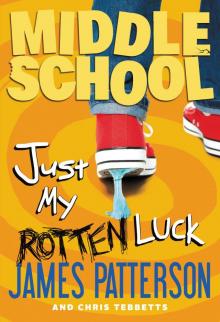 Just My Rotten Luck
Just My Rotten Luck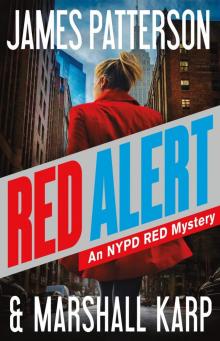 Red Alert
Red Alert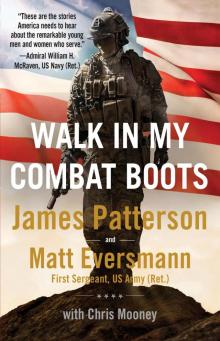 Walk in My Combat Boots
Walk in My Combat Boots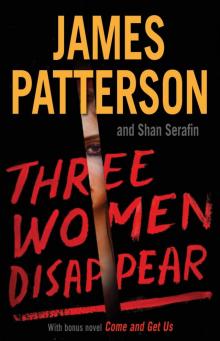 Three Women Disappear
Three Women Disappear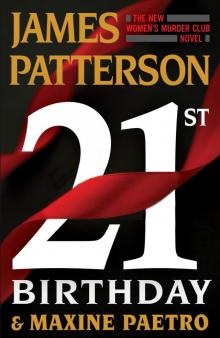 21st Birthday
21st Birthday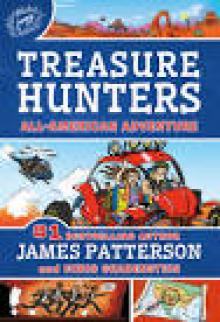 All-American Adventure
All-American Adventure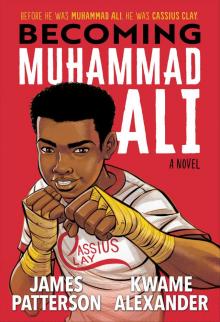 Becoming Muhammad Ali
Becoming Muhammad Ali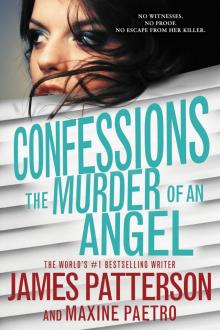 The Murder of an Angel
The Murder of an Angel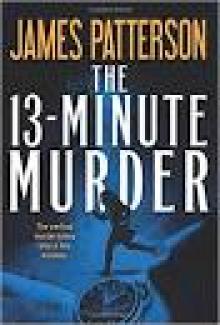 The 13-Minute Murder
The 13-Minute Murder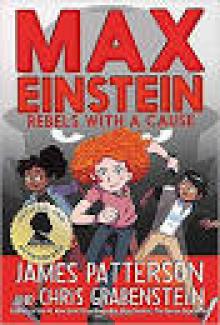 Rebels With a Cause
Rebels With a Cause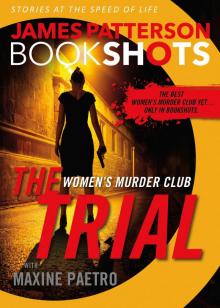 The Trial
The Trial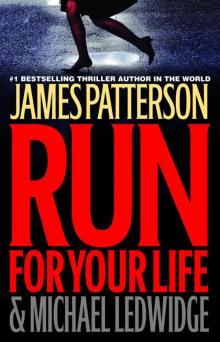 Run for Your Life
Run for Your Life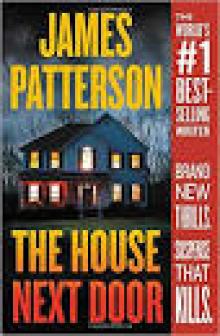 The House Next Door
The House Next Door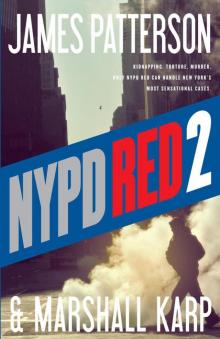 NYPD Red 2
NYPD Red 2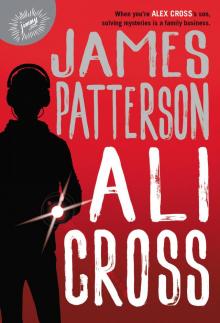 Ali Cross
Ali Cross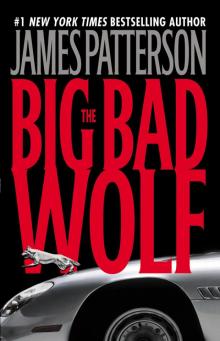 The Big Bad Wolf
The Big Bad Wolf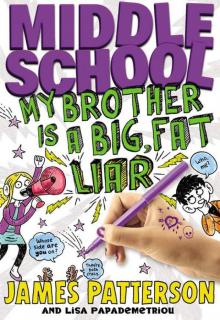 Middle School: My Brother Is a Big, Fat Liar
Middle School: My Brother Is a Big, Fat Liar Private Paris
Private Paris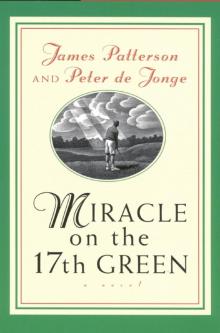 Miracle on the 17th Green
Miracle on the 17th Green The People vs. Alex Cross
The People vs. Alex Cross The Beach House
The Beach House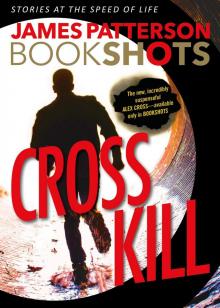 Cross Kill
Cross Kill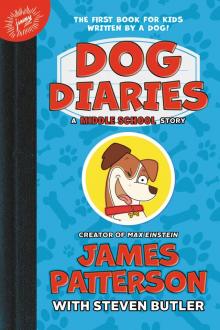 Dog Diaries
Dog Diaries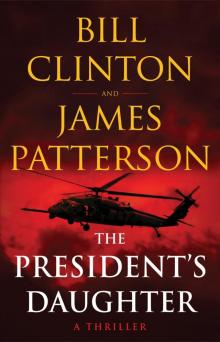 The President's Daughter
The President's Daughter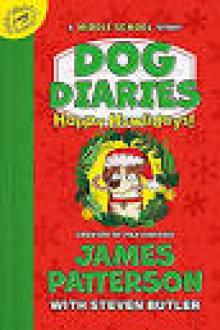 Happy Howlidays
Happy Howlidays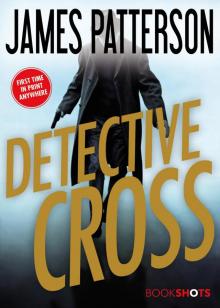 Detective Cross
Detective Cross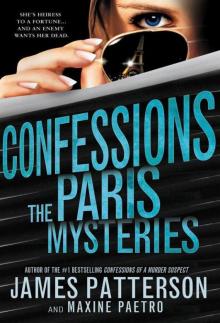 The Paris Mysteries
The Paris Mysteries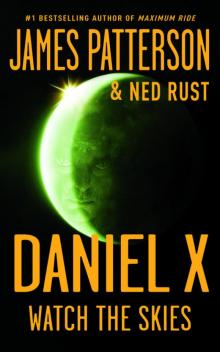 Watch the Skies
Watch the Skies 113 Minutes
113 Minutes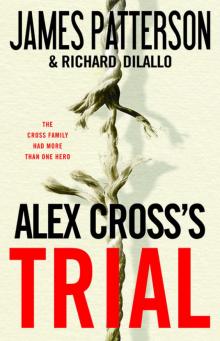 Alex Cross's Trial
Alex Cross's Trial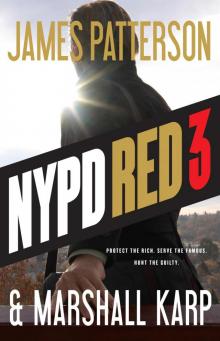 NYPD Red 3
NYPD Red 3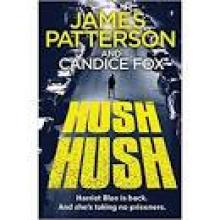 Hush Hush
Hush Hush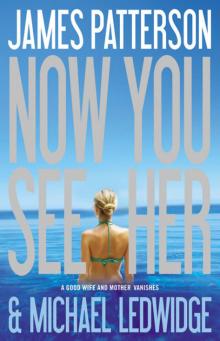 Now You See Her
Now You See Her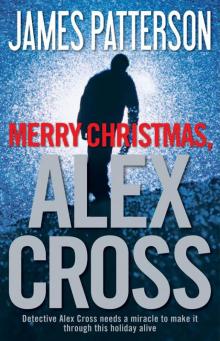 Merry Christmas, Alex Cross
Merry Christmas, Alex Cross 2nd Chance
2nd Chance Private Royals
Private Royals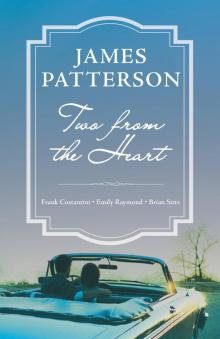 Two From the Heart
Two From the Heart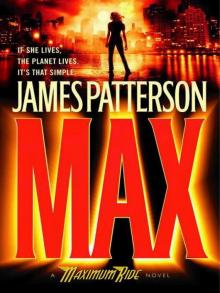 Max
Max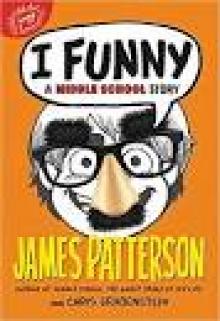 I, Funny
I, Funny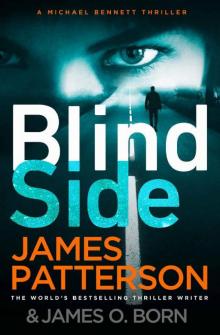 Blindside (Michael Bennett)
Blindside (Michael Bennett)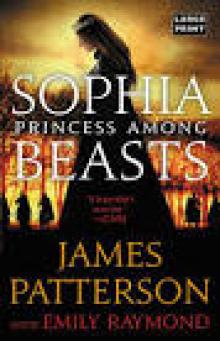 Sophia, Princess Among Beasts
Sophia, Princess Among Beasts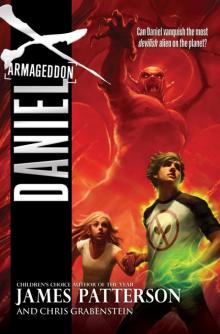 Armageddon
Armageddon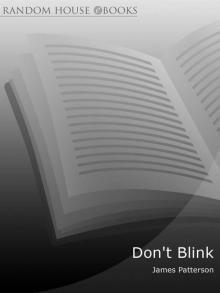 Don't Blink
Don't Blink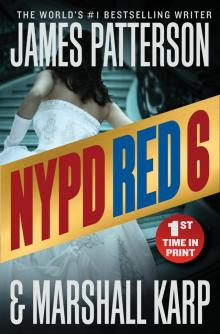 NYPD Red 6
NYPD Red 6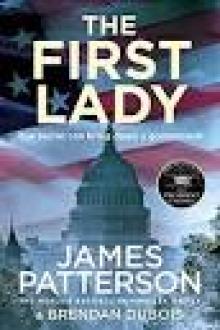 The First Lady
The First Lady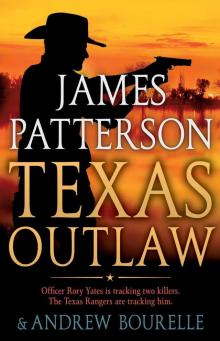 Texas Outlaw
Texas Outlaw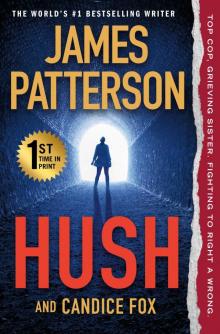 Hush
Hush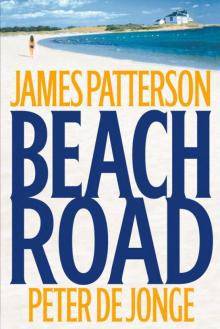 Beach Road
Beach Road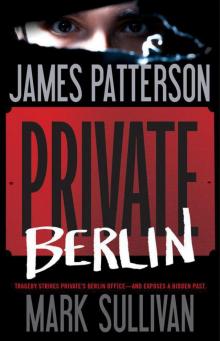 Private Berlin
Private Berlin The Family Lawyer
The Family Lawyer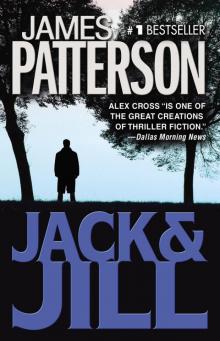 Jack & Jill
Jack & Jill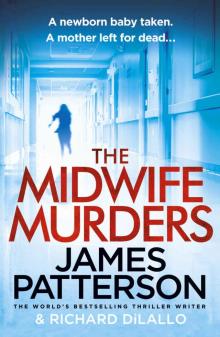 The Midwife Murders
The Midwife Murders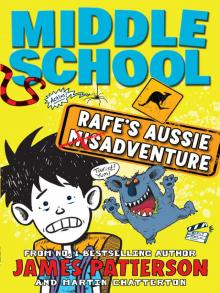 Middle School: Rafe's Aussie Adventure
Middle School: Rafe's Aussie Adventure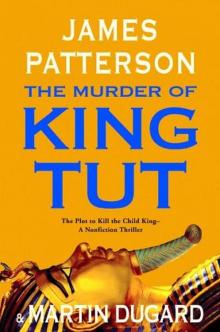 The Murder of King Tut: The Plot to Kill the Child King
The Murder of King Tut: The Plot to Kill the Child King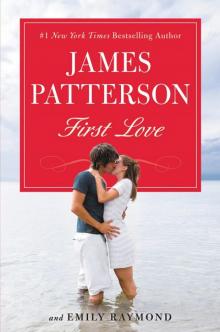 First Love
First Love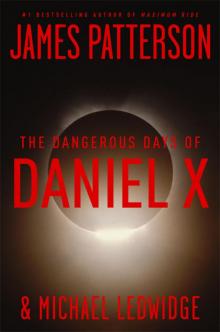 The Dangerous Days of Daniel X
The Dangerous Days of Daniel X Hawk
Hawk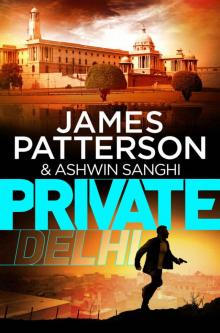 Private Delhi
Private Delhi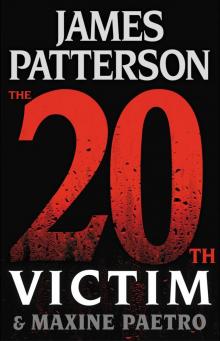 The 20th Victim
The 20th Victim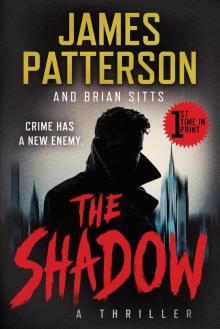 The Shadow
The Shadow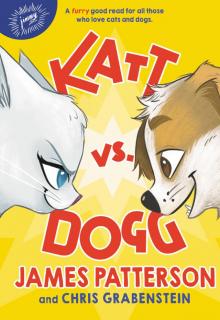 Katt vs. Dogg
Katt vs. Dogg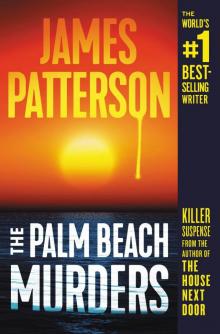 The Palm Beach Murders
The Palm Beach Murders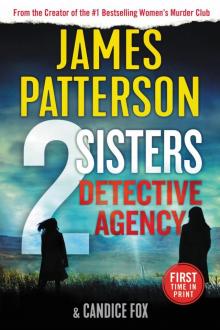 2 Sisters Detective Agency
2 Sisters Detective Agency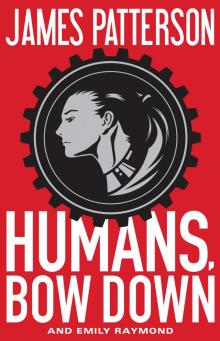 Humans, Bow Down
Humans, Bow Down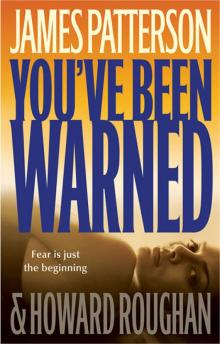 You've Been Warned
You've Been Warned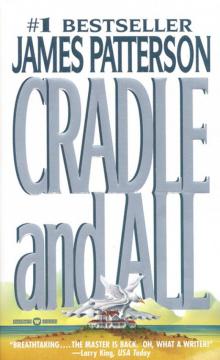 Cradle and All
Cradle and All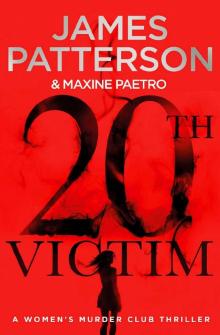 20th Victim: (Women’s Murder Club 20) (Women's Murder Club)
20th Victim: (Women’s Murder Club 20) (Women's Murder Club)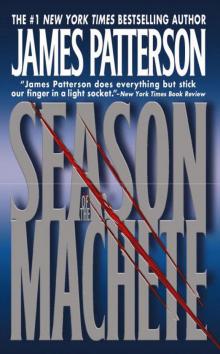 Season of the Machete
Season of the Machete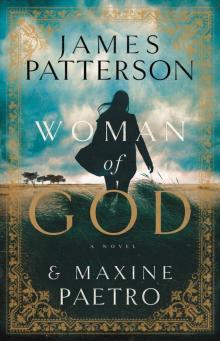 Woman of God
Woman of God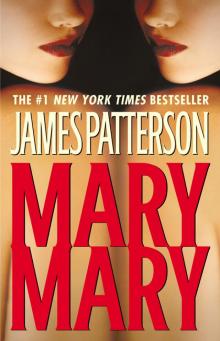 Mary, Mary
Mary, Mary Blindside
Blindside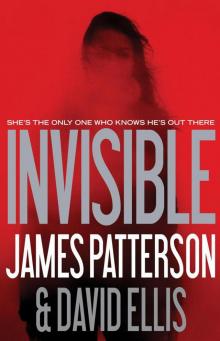 Invisible
Invisible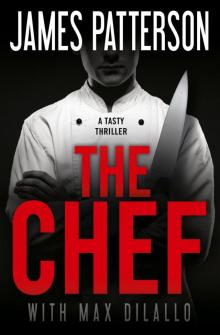 The Chef
The Chef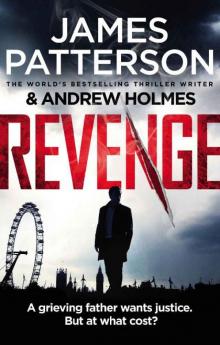 Revenge
Revenge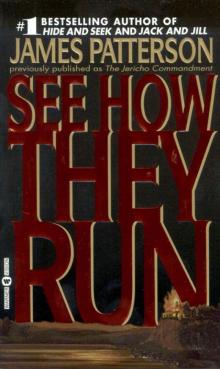 See How They Run
See How They Run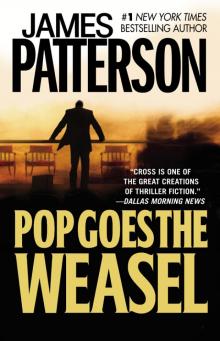 Pop Goes the Weasel
Pop Goes the Weasel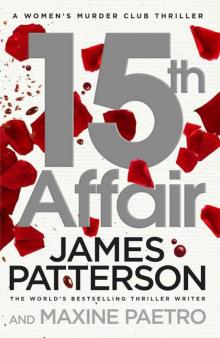 15th Affair
15th Affair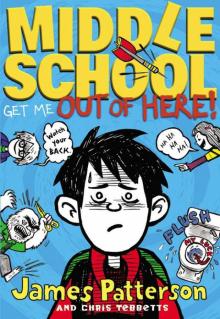 Middle School: Get Me Out of Here!
Middle School: Get Me Out of Here!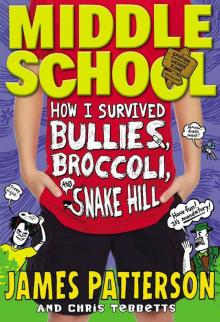 Middle School: How I Survived Bullies, Broccoli, and Snake Hill
Middle School: How I Survived Bullies, Broccoli, and Snake Hill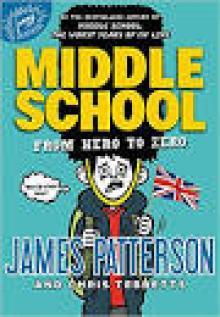 From Hero to Zero - Chris Tebbetts
From Hero to Zero - Chris Tebbetts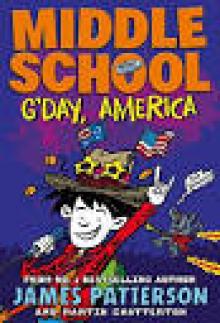 G'day, America
G'day, America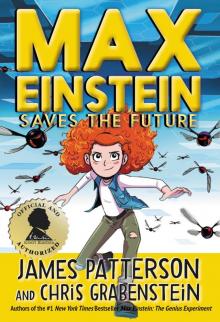 Max Einstein Saves the Future
Max Einstein Saves the Future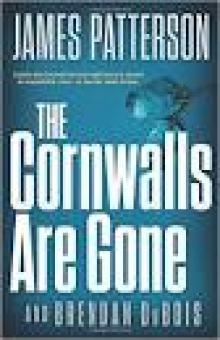 The Cornwalls Are Gone
The Cornwalls Are Gone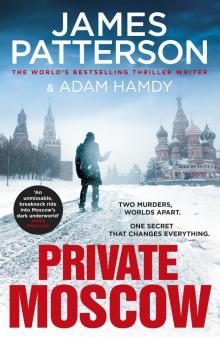 Private Moscow
Private Moscow Two Schools Out - Forever
Two Schools Out - Forever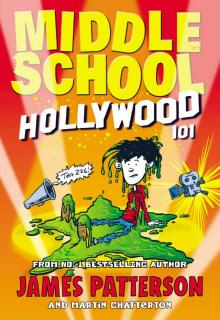 Hollywood 101
Hollywood 101 Deadly Cargo: BookShots
Deadly Cargo: BookShots 21st Birthday (Women's Murder Club)
21st Birthday (Women's Murder Club)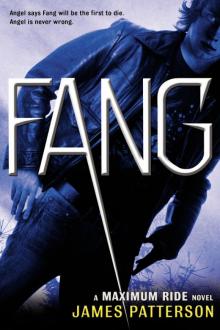 The Sky Is Falling
The Sky Is Falling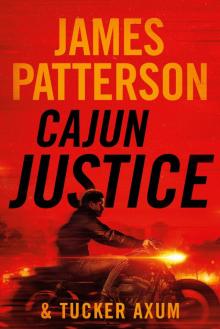 Cajun Justice
Cajun Justice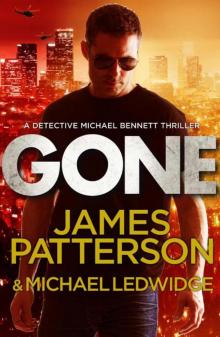 Bennett 06 - Gone
Bennett 06 - Gone The House of Kennedy
The House of Kennedy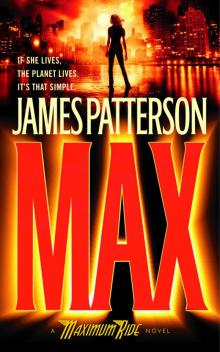 Waterwings
Waterwings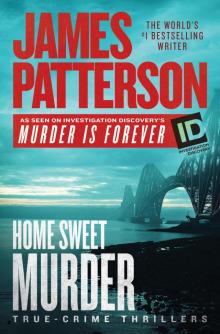 Murder is Forever, Volume 2
Murder is Forever, Volume 2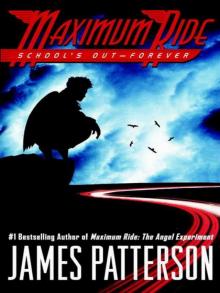 Maximum Ride 02
Maximum Ride 02 Treasure Hunters--The Plunder Down Under
Treasure Hunters--The Plunder Down Under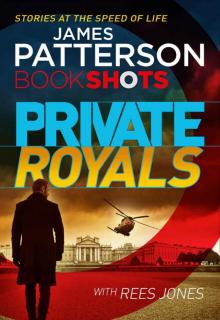 Private Royals: BookShots (A Private Thriller)
Private Royals: BookShots (A Private Thriller)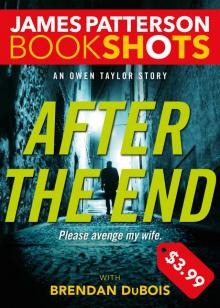 After the End
After the End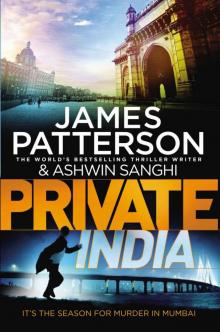 Private India: (Private 8)
Private India: (Private 8) Escape to Australia
Escape to Australia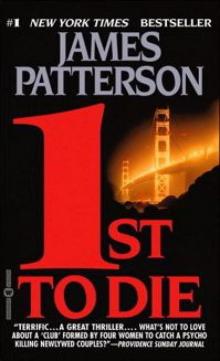 WMC - First to Die
WMC - First to Die Boys Will Be Boys
Boys Will Be Boys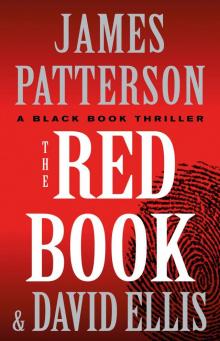 The Red Book
The Red Book 11th hour wmc-11
11th hour wmc-11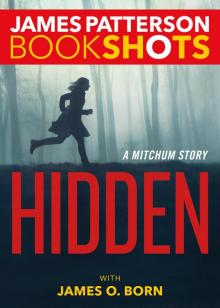 Hidden
Hidden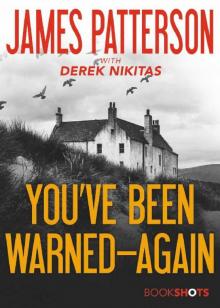 You've Been Warned--Again
You've Been Warned--Again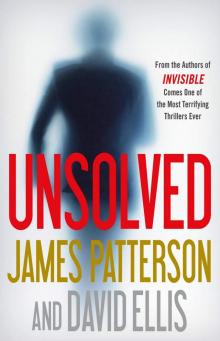 Unsolved
Unsolved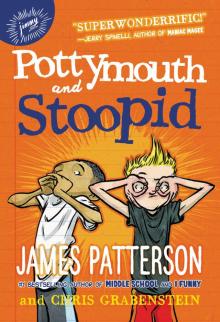 Pottymouth and Stoopid
Pottymouth and Stoopid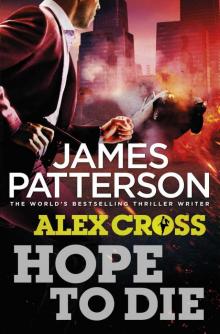 Hope to Die: (Alex Cross 22)
Hope to Die: (Alex Cross 22) The Moores Are Missing
The Moores Are Missing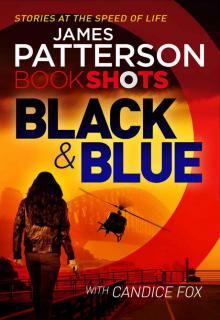 Black & Blue: BookShots (Detective Harriet Blue Series)
Black & Blue: BookShots (Detective Harriet Blue Series)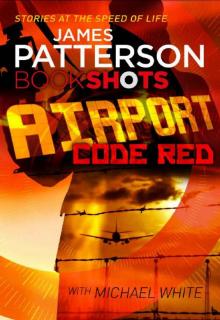 Airport - Code Red: BookShots
Airport - Code Red: BookShots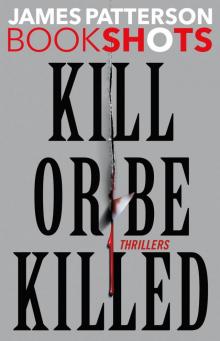 Kill or Be Killed
Kill or Be Killed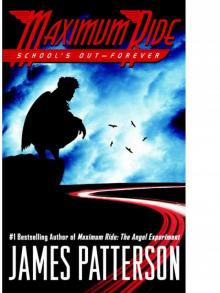 School's Out--Forever
School's Out--Forever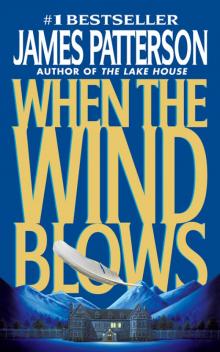 When the Wind Blows
When the Wind Blows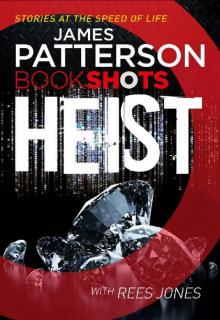 Heist: BookShots
Heist: BookShots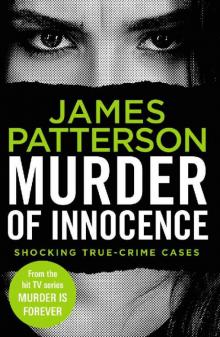 Murder of Innocence (Murder Is Forever)
Murder of Innocence (Murder Is Forever) Red Alert_An NYPD Red Mystery
Red Alert_An NYPD Red Mystery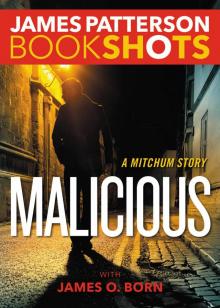 Malicious
Malicious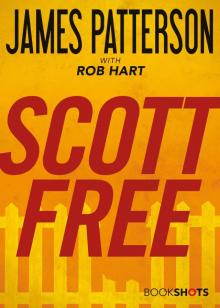 Scott Free
Scott Free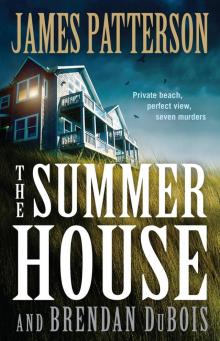 The Summer House
The Summer House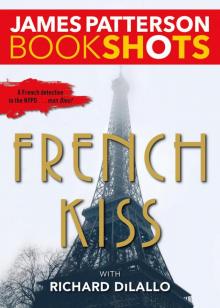 French Kiss
French Kiss Treasure Hunters
Treasure Hunters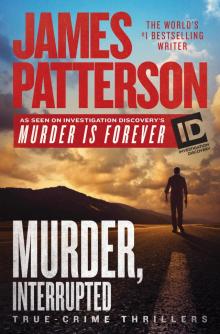 Murder Is Forever, Volume 1
Murder Is Forever, Volume 1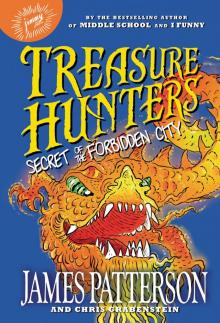 Secret of the Forbidden City
Secret of the Forbidden City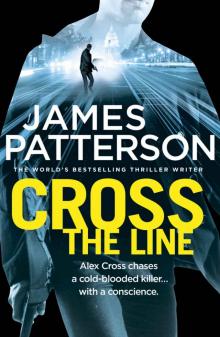 Cross the Line: (Alex Cross 24)
Cross the Line: (Alex Cross 24)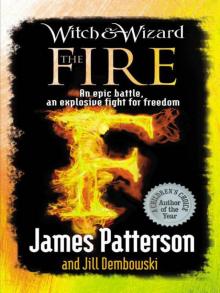 Witch & Wizard: The Fire
Witch & Wizard: The Fire![Women's Murder Club [06] The 6th Target Read online](http://i1.bookreadfree.com/i/03/24/womens_murder_club_06_the_6th_target_preview.jpg) Women's Murder Club [06] The 6th Target
Women's Murder Club [06] The 6th Target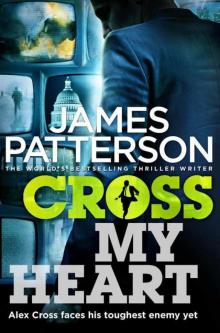 Cross My Heart ac-21
Cross My Heart ac-21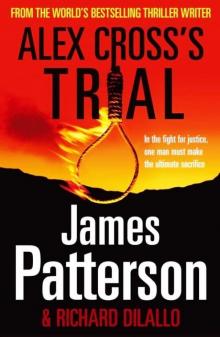 Alex Cross’s Trial ак-15
Alex Cross’s Trial ак-15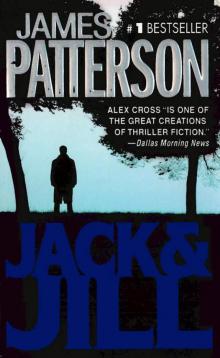 Alex Cross 03 - Jack & Jill
Alex Cross 03 - Jack & Jill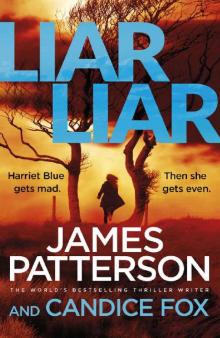 Liar Liar: (Harriet Blue 3) (Detective Harriet Blue Series)
Liar Liar: (Harriet Blue 3) (Detective Harriet Blue Series) Cross Country ак-14
Cross Country ак-14 Honeymoon h-1
Honeymoon h-1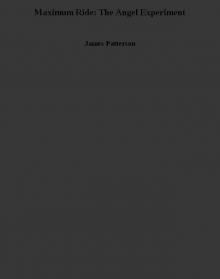 Maximum Ride: The Angel Experiment
Maximum Ride: The Angel Experiment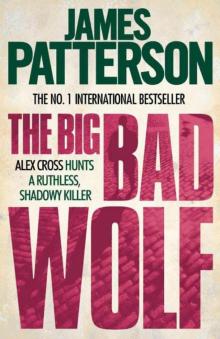 The Big Bad Wolf ак-9
The Big Bad Wolf ак-9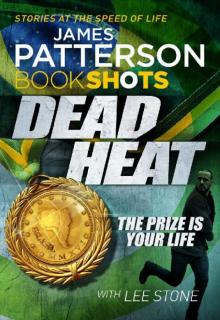 Dead Heat: BookShots (Book Shots)
Dead Heat: BookShots (Book Shots)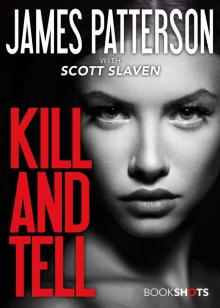 Kill and Tell
Kill and Tell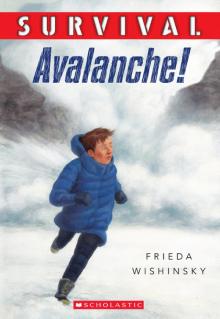 Avalanche
Avalanche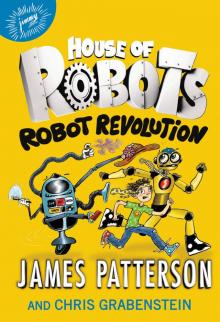 Robot Revolution
Robot Revolution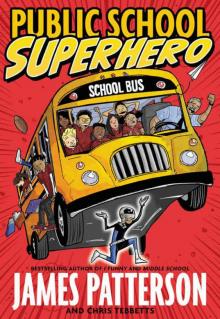 Public School Superhero
Public School Superhero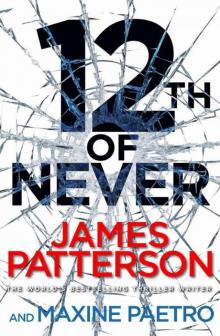 12th of Never
12th of Never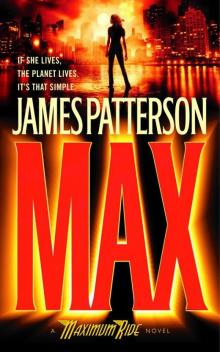 Max: A Maximum Ride Novel
Max: A Maximum Ride Novel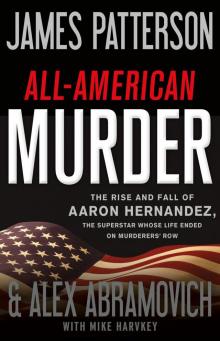 All-American Murder
All-American Murder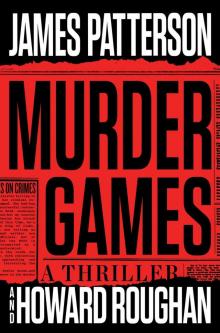 Murder Games
Murder Games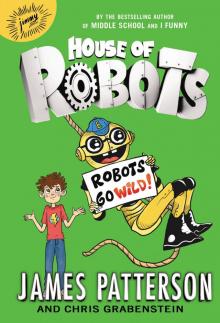 Robots Go Wild!
Robots Go Wild!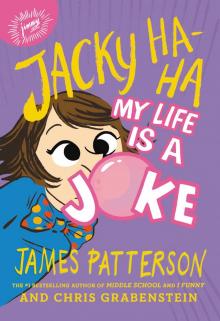 My Life Is a Joke
My Life Is a Joke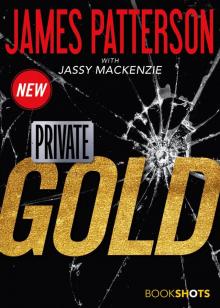 Private: Gold
Private: Gold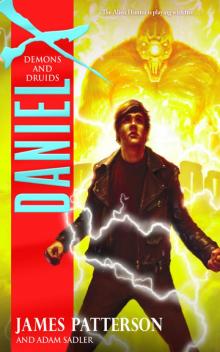 Demons and Druids
Demons and Druids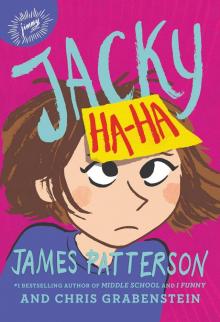 Jacky Ha-Ha
Jacky Ha-Ha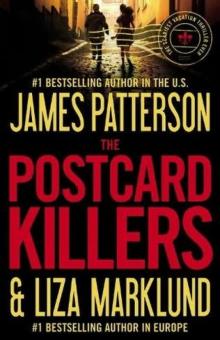 Postcard killers
Postcard killers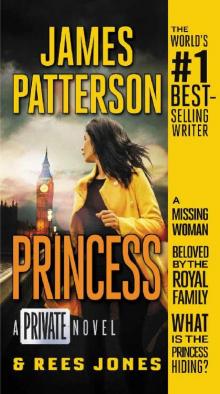 Princess: A Private Novel
Princess: A Private Novel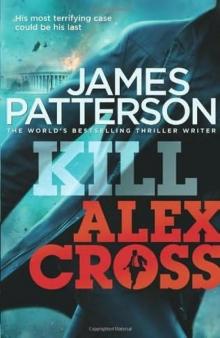 Kill Alex Cross ac-18
Kill Alex Cross ac-18 12th of Never wmc-12
12th of Never wmc-12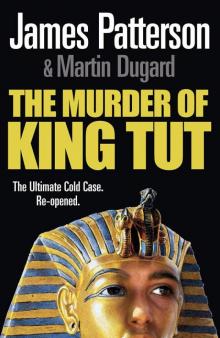 The Murder of King Tut
The Murder of King Tut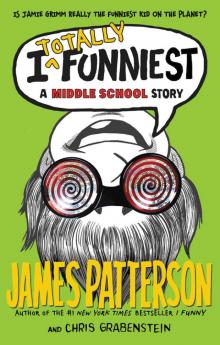 I Totally Funniest
I Totally Funniest Cross Fire ак-17
Cross Fire ак-17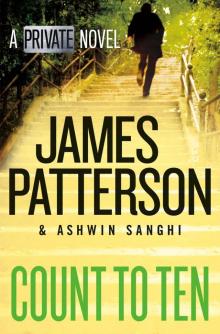 Count to Ten
Count to Ten![Women's Murder Club [10] 10th Anniversary Read online](http://i1.bookreadfree.com/i1/03/30/womens_murder_club_10_10th_anniversary_preview.jpg) Women's Murder Club [10] 10th Anniversary
Women's Murder Club [10] 10th Anniversary![Women's Murder Club [01] 1st to Die Read online](http://i1.bookreadfree.com/i1/03/31/womens_murder_club_01_1st_to_die_preview.jpg) Women's Murder Club [01] 1st to Die
Women's Murder Club [01] 1st to Die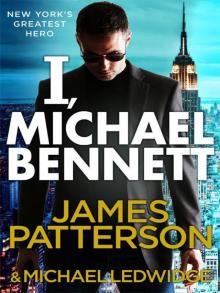 I, Michael Bennett mb-5
I, Michael Bennett mb-5 Nooners
Nooners![Women's Murder Club [08] The 8th Confession Read online](http://i1.bookreadfree.com/i1/04/03/womens_murder_club_08_the_8th_confession_preview.jpg) Women's Murder Club [08] The 8th Confession
Women's Murder Club [08] The 8th Confession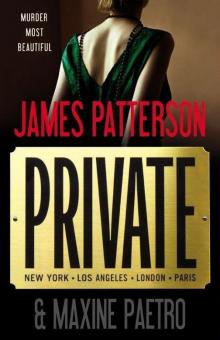 Private jm-1
Private jm-1 Treasure Hunters: Danger Down the Nile
Treasure Hunters: Danger Down the Nile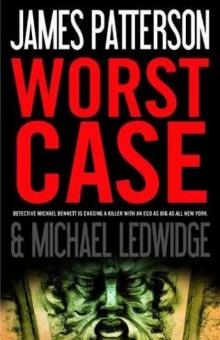 Worst Case mb-3
Worst Case mb-3 Don’t Blink
Don’t Blink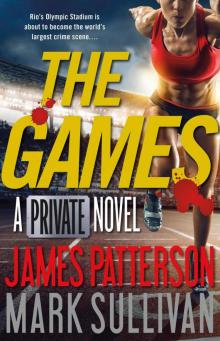 The Games
The Games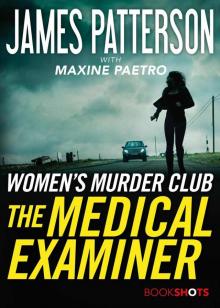 The Medical Examiner: A Women's Murder Club Story
The Medical Examiner: A Women's Murder Club Story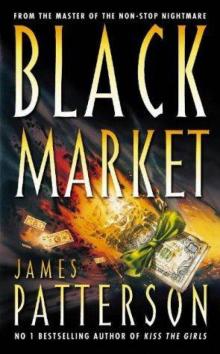 Black Market
Black Market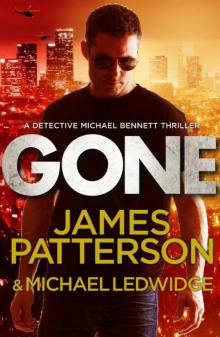 Gone mb-6
Gone mb-6![Women's Murder Club [02] 2nd Chance Read online](http://i1.bookreadfree.com/i1/04/04/womens_murder_club_02_2nd_chance_preview.jpg) Women's Murder Club [02] 2nd Chance
Women's Murder Club [02] 2nd Chance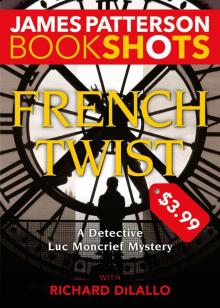 French Twist
French Twist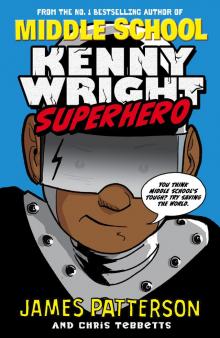 Kenny Wright
Kenny Wright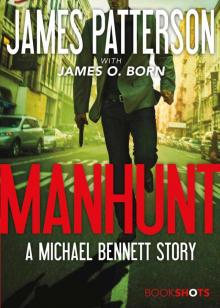 Manhunt: A Michael Bennett Story
Manhunt: A Michael Bennett Story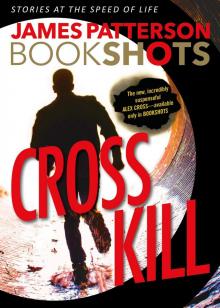 Cross Kill: An Alex Cross Story
Cross Kill: An Alex Cross Story Confessions of a Murder Suspect td-1
Confessions of a Murder Suspect td-1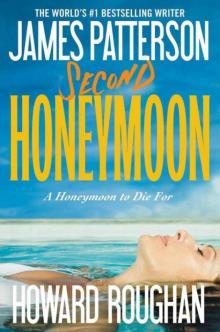 Second Honeymoon h-2
Second Honeymoon h-2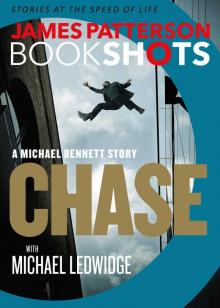 Chase_A BookShot_A Michael Bennett Story
Chase_A BookShot_A Michael Bennett Story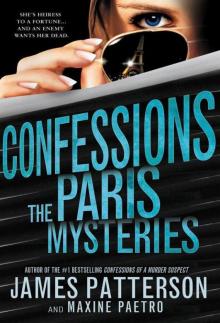 Confessions: The Paris Mysteries
Confessions: The Paris Mysteries![Women's Murder Club [09] The 9th Judgment Read online](http://i1.bookreadfree.com/i2/04/08/womens_murder_club_09_the_9th_judgment_preview.jpg) Women's Murder Club [09] The 9th Judgment
Women's Murder Club [09] The 9th Judgment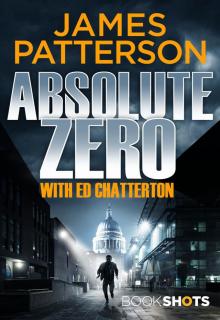 Absolute Zero
Absolute Zero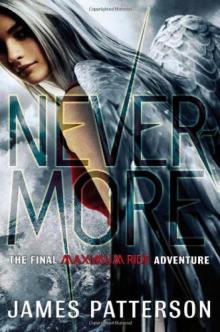 Nevermore: The Final Maximum Ride Adventure mr-8
Nevermore: The Final Maximum Ride Adventure mr-8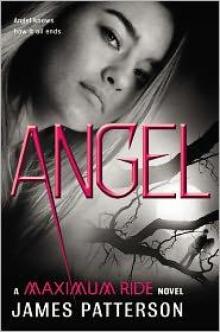 Angel: A Maximum Ride Novel mr-7
Angel: A Maximum Ride Novel mr-7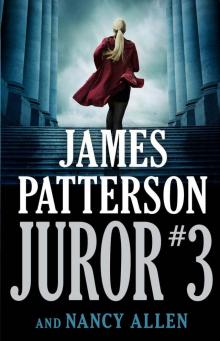 Juror #3
Juror #3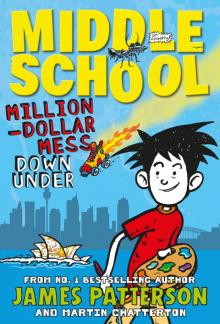 Million-Dollar Mess Down Under
Million-Dollar Mess Down Under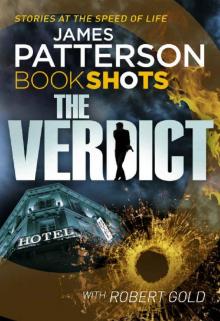 The Verdict: BookShots (A Jon Roscoe Thriller)
The Verdict: BookShots (A Jon Roscoe Thriller)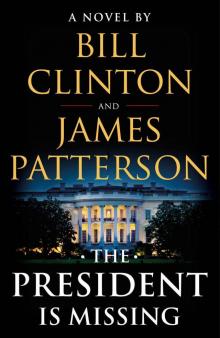 The President Is Missing: A Novel
The President Is Missing: A Novel![Women's Murder Club [04] 4th of July Read online](http://i1.bookreadfree.com/i2/04/06/womens_murder_club_04_4th_of_july_preview.jpg) Women's Murder Club [04] 4th of July
Women's Murder Club [04] 4th of July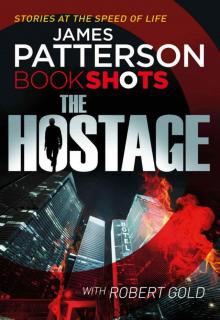 The Hostage: BookShots (Hotel Series)
The Hostage: BookShots (Hotel Series)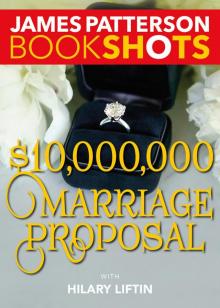 $10,000,000 Marriage Proposal
$10,000,000 Marriage Proposal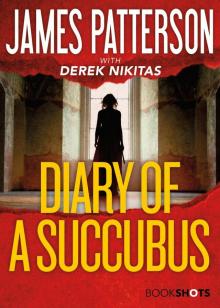 Diary of a Succubus
Diary of a Succubus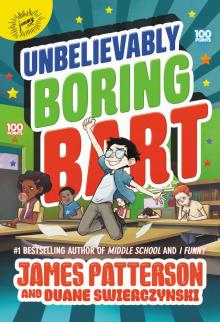 Unbelievably Boring Bart
Unbelievably Boring Bart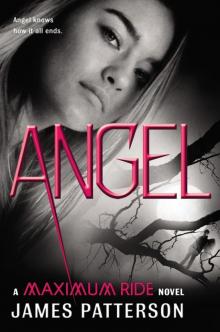 Angel: A Maximum Ride Novel
Angel: A Maximum Ride Novel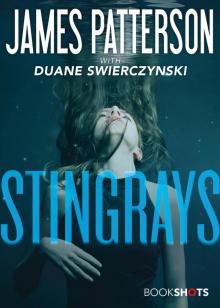 Stingrays
Stingrays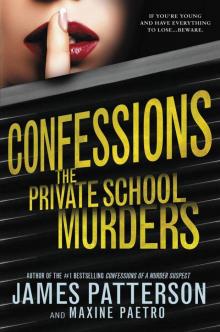 Confessions: The Private School Murders
Confessions: The Private School Murders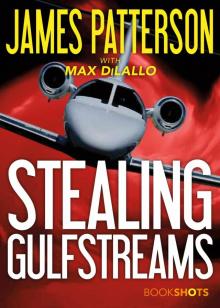 Stealing Gulfstreams
Stealing Gulfstreams![Women's Murder Club [05] The 5th Horseman Read online](http://i1.bookreadfree.com/i2/04/05/womens_murder_club_05_the_5th_horseman_preview.jpg) Women's Murder Club [05] The 5th Horseman
Women's Murder Club [05] The 5th Horseman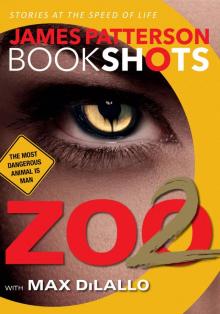 Zoo 2
Zoo 2 Jack Morgan 02 - Private London
Jack Morgan 02 - Private London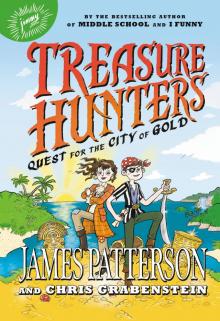 Treasure Hunters--Quest for the City of Gold
Treasure Hunters--Quest for the City of Gold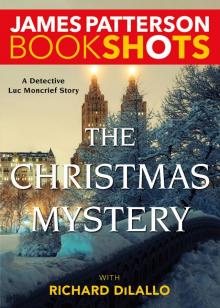 The Christmas Mystery
The Christmas Mystery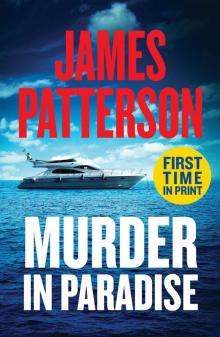 Murder in Paradise
Murder in Paradise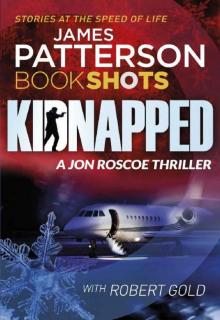 Kidnapped: BookShots (A Jon Roscoe Thriller)
Kidnapped: BookShots (A Jon Roscoe Thriller)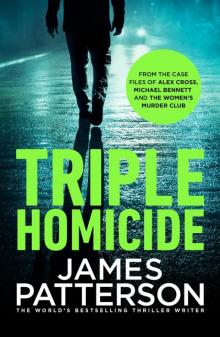 Triple Homicide_Thrillers
Triple Homicide_Thrillers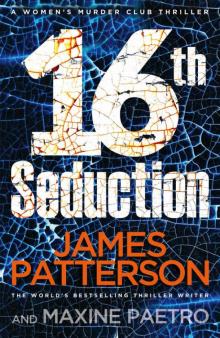 16th Seduction: (Women’s Murder Club 16) (Women's Murder Club)
16th Seduction: (Women’s Murder Club 16) (Women's Murder Club)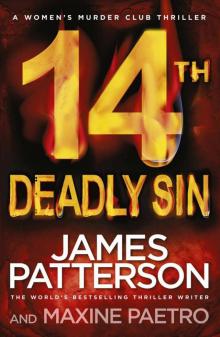 14th Deadly Sin: (Women’s Murder Club 14)
14th Deadly Sin: (Women’s Murder Club 14)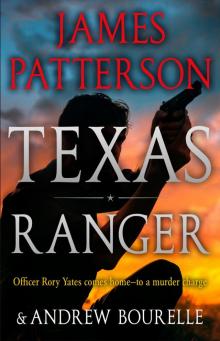 Texas Ranger
Texas Ranger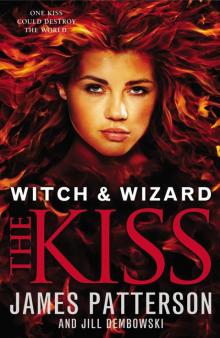 Witch & Wizard 04 - The Kiss
Witch & Wizard 04 - The Kiss![Women's Murder Club [03] 3rd Degree Read online](http://i1.bookreadfree.com/i2/04/12/womens_murder_club_03_3rd_degree_preview.jpg) Women's Murder Club [03] 3rd Degree
Women's Murder Club [03] 3rd Degree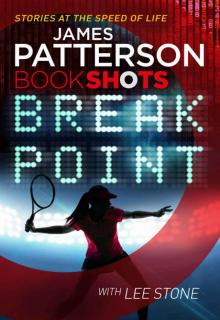 Break Point: BookShots
Break Point: BookShots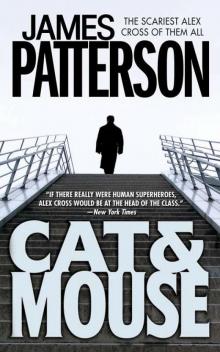 Alex Cross 04 - Cat & Mouse
Alex Cross 04 - Cat & Mouse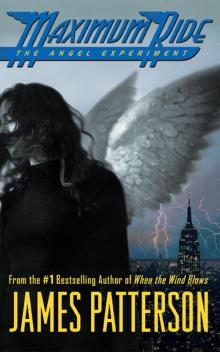 Maximum Ride
Maximum Ride Fifty Fifty: (Harriet Blue 2) (Detective Harriet Blue Series)
Fifty Fifty: (Harriet Blue 2) (Detective Harriet Blue Series)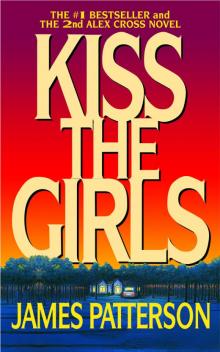 Alex Cross 02 - Kiss the Girls
Alex Cross 02 - Kiss the Girls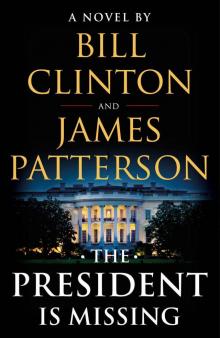 The President Is Missing
The President Is Missing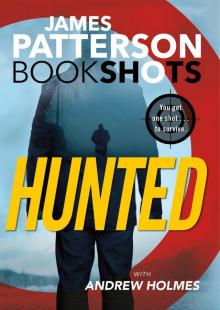 Hunted
Hunted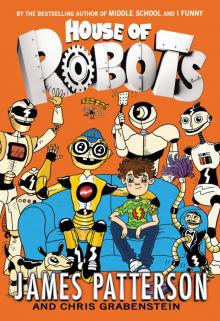 House of Robots
House of Robots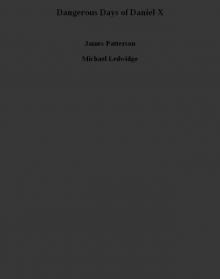 Dangerous Days of Daniel X
Dangerous Days of Daniel X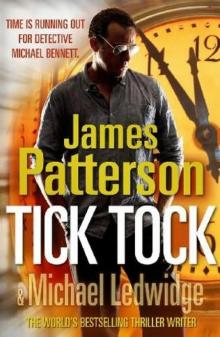 Tick Tock mb-4
Tick Tock mb-4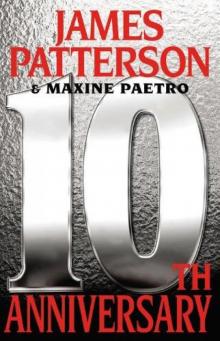 10th Anniversary wmc-10
10th Anniversary wmc-10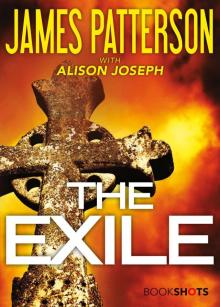 The Exile
The Exile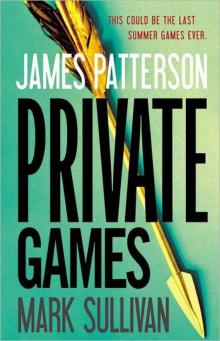 Private Games-Jack Morgan 4 jm-4
Private Games-Jack Morgan 4 jm-4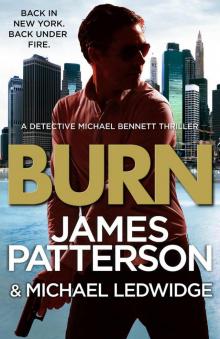 Burn: (Michael Bennett 7)
Burn: (Michael Bennett 7)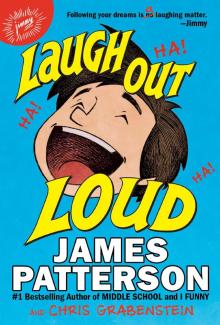 Laugh Out Loud
Laugh Out Loud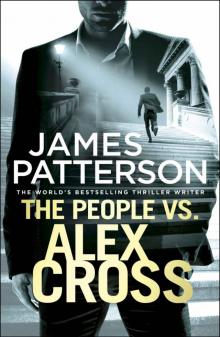 The People vs. Alex Cross: (Alex Cross 25)
The People vs. Alex Cross: (Alex Cross 25)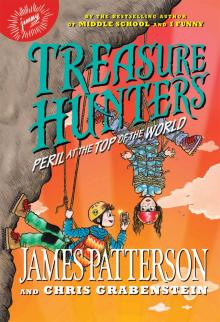 Peril at the Top of the World
Peril at the Top of the World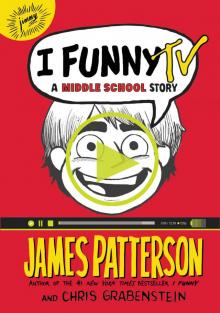 I Funny TV
I Funny TV Merry Christmas, Alex Cross ac-19
Merry Christmas, Alex Cross ac-19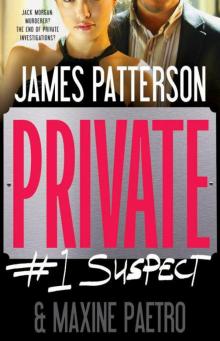 #1 Suspect jm-3
#1 Suspect jm-3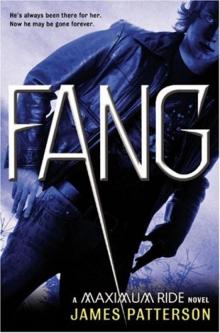 Fang: A Maximum Ride Novel
Fang: A Maximum Ride Novel![Women's Murder Club [07] 7th Heaven Read online](http://i1.bookreadfree.com/i2/04/13/womens_murder_club_07_7th_heaven_preview.jpg) Women's Murder Club [07] 7th Heaven
Women's Murder Club [07] 7th Heaven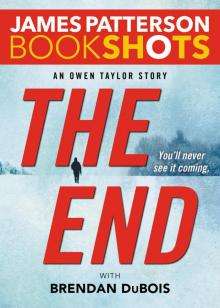 The End
The End